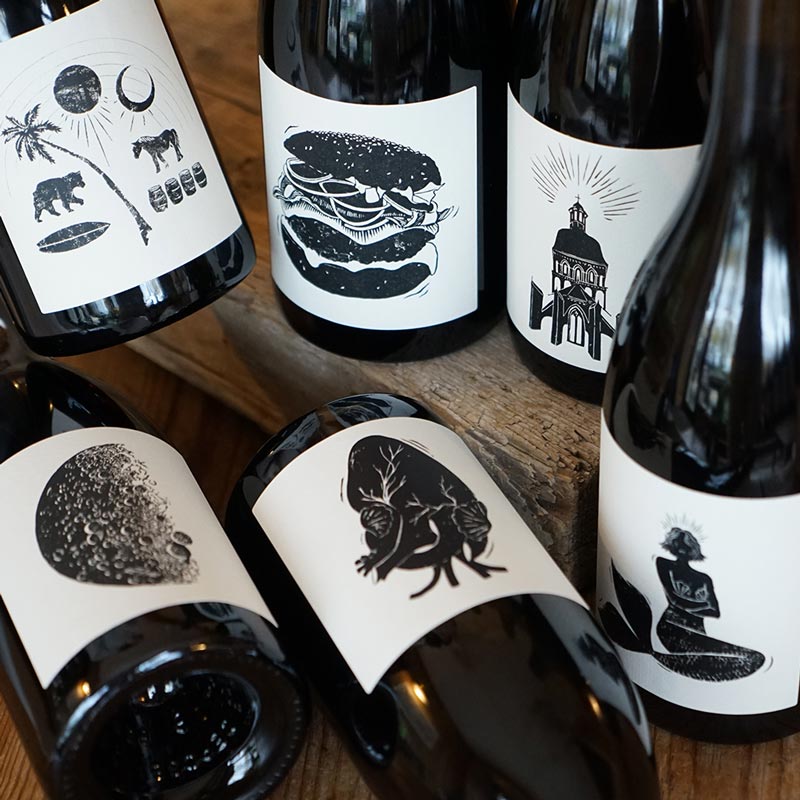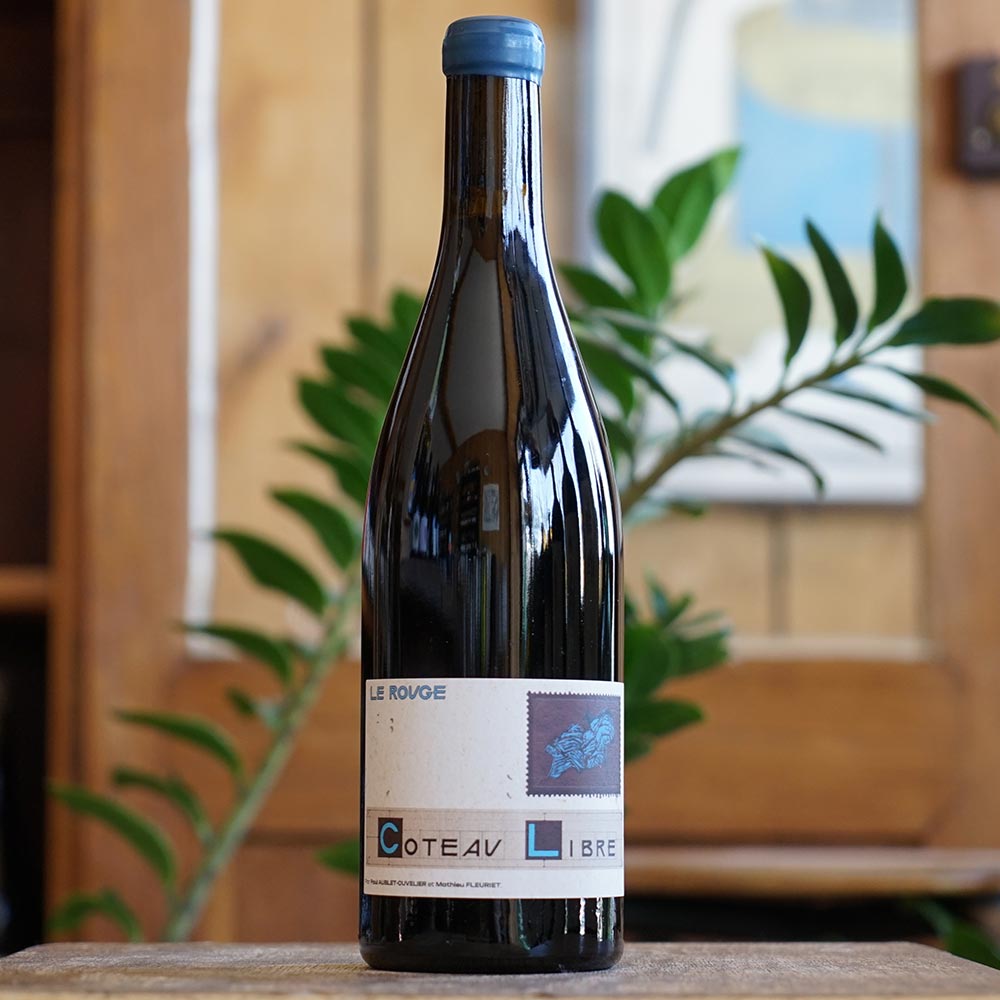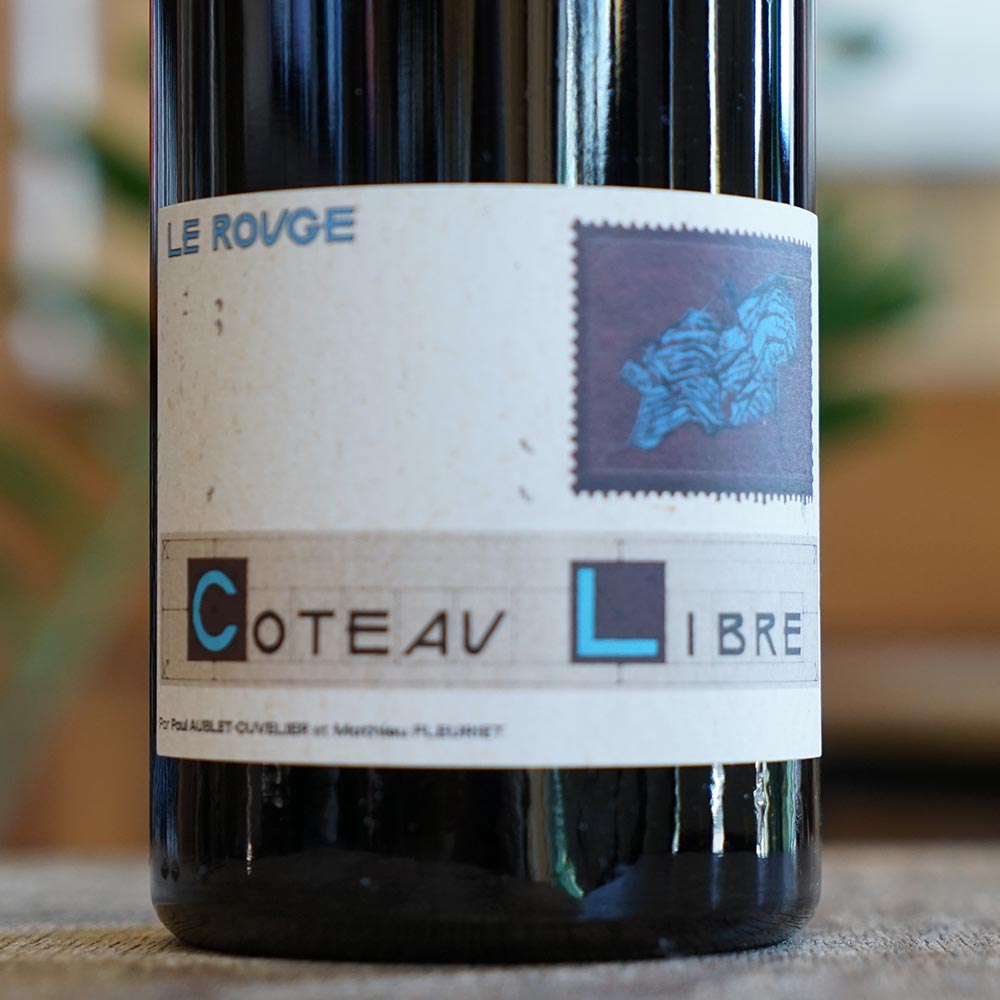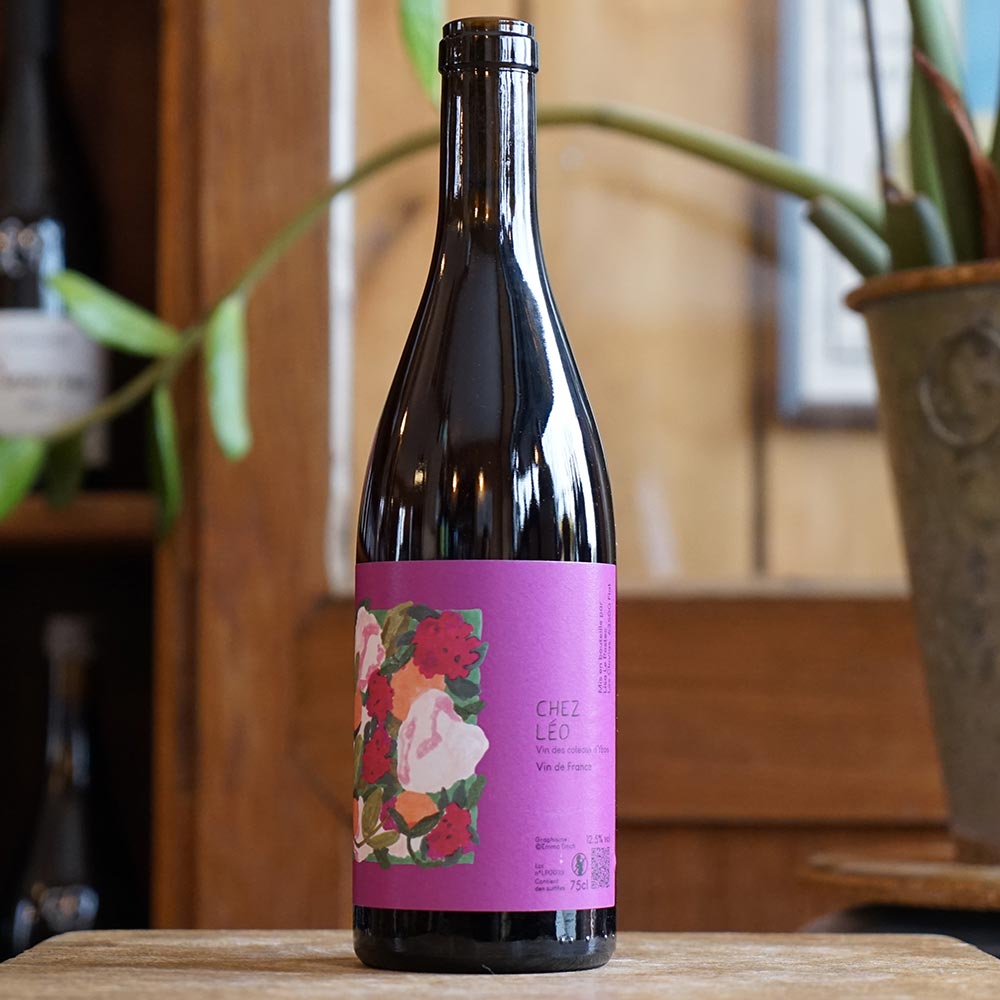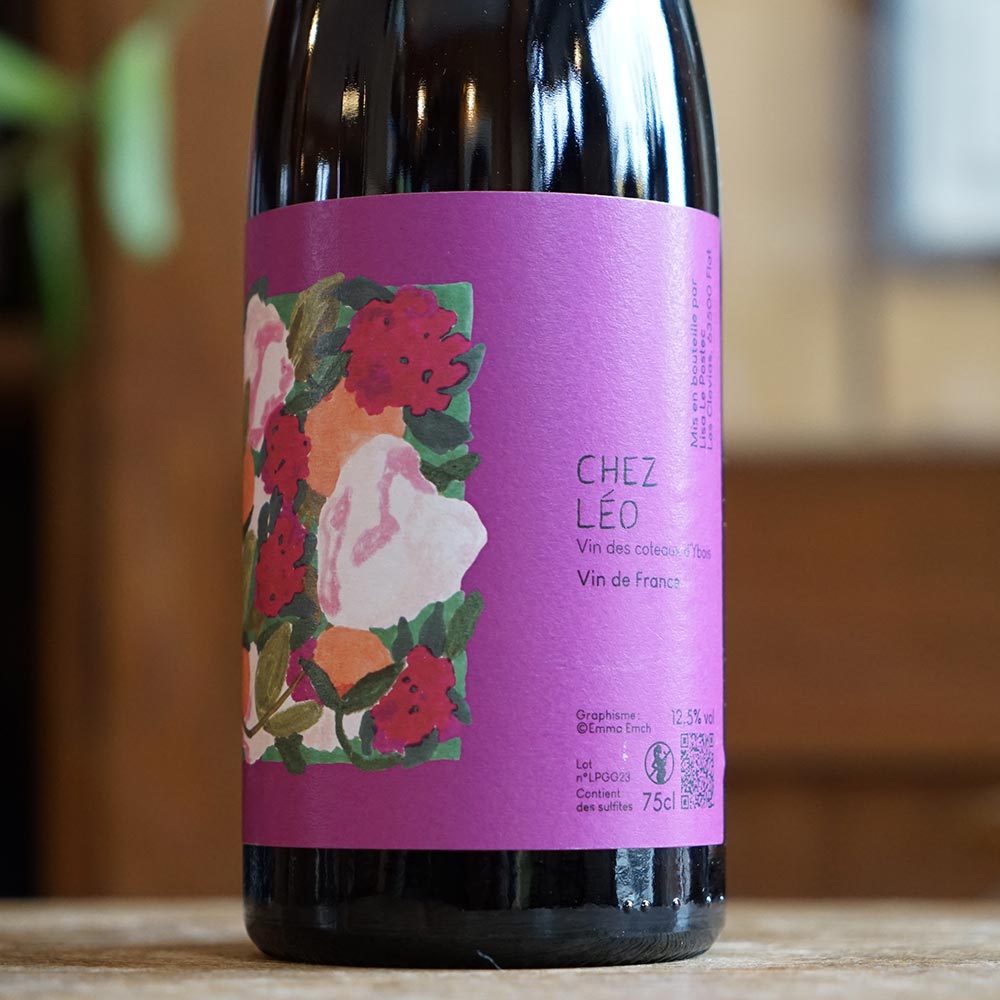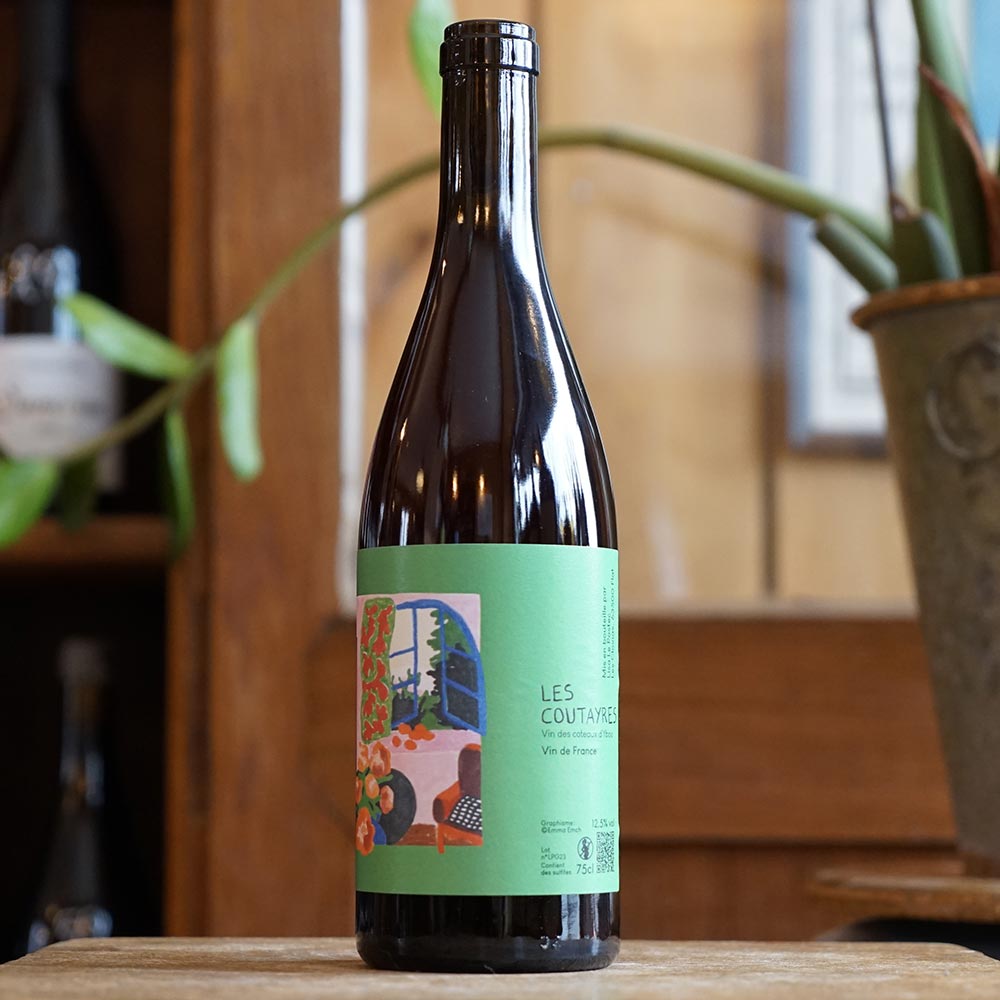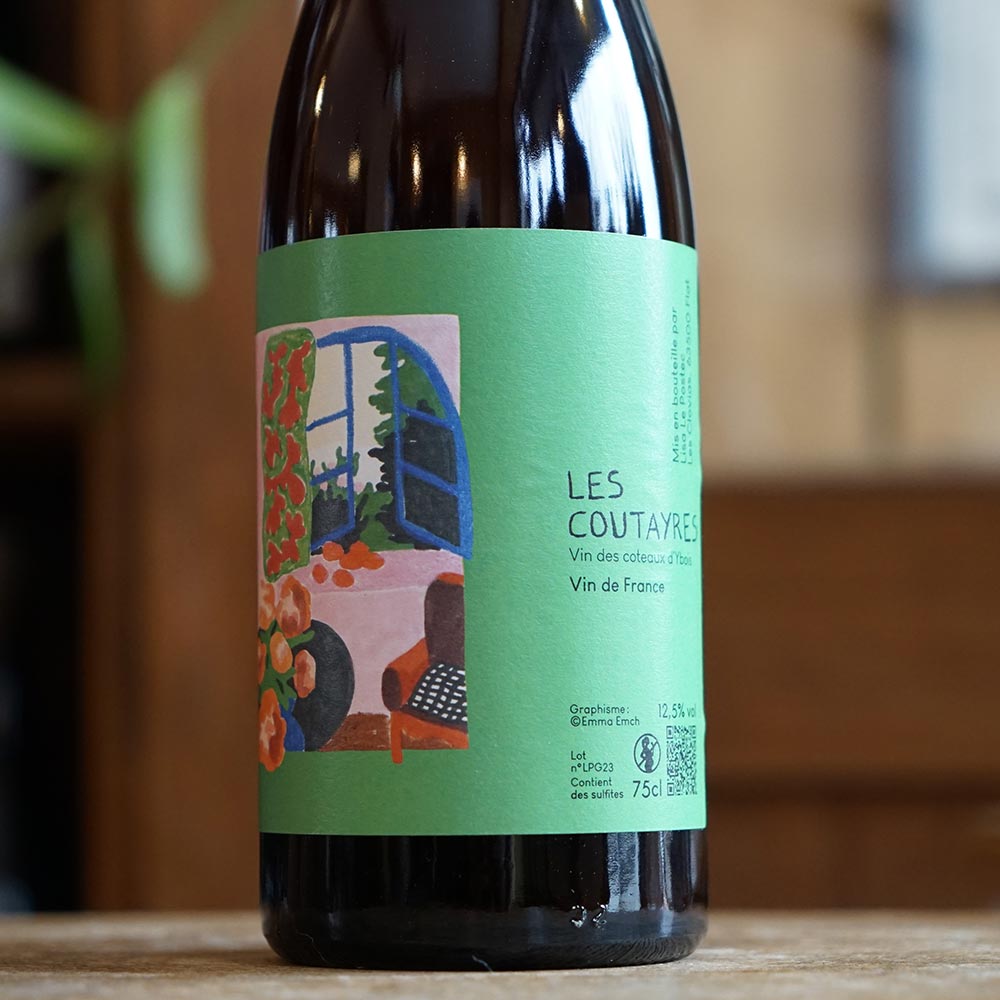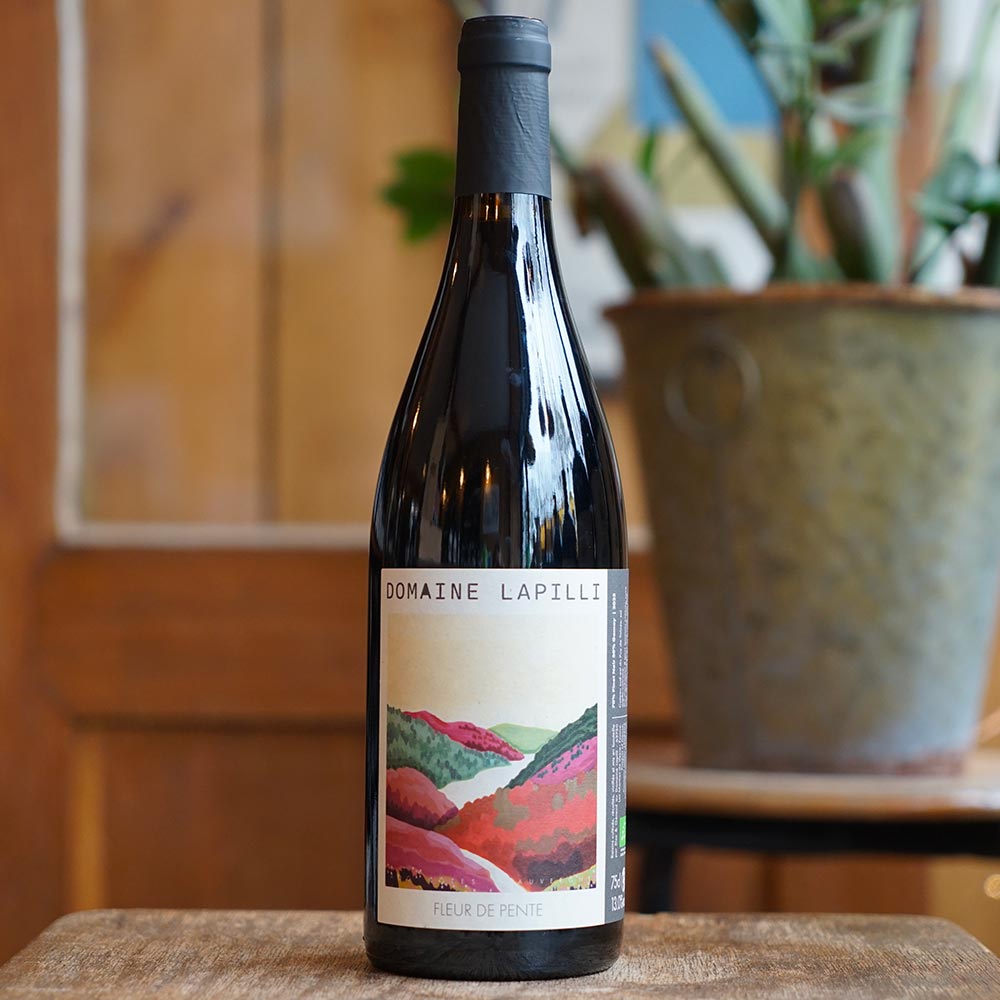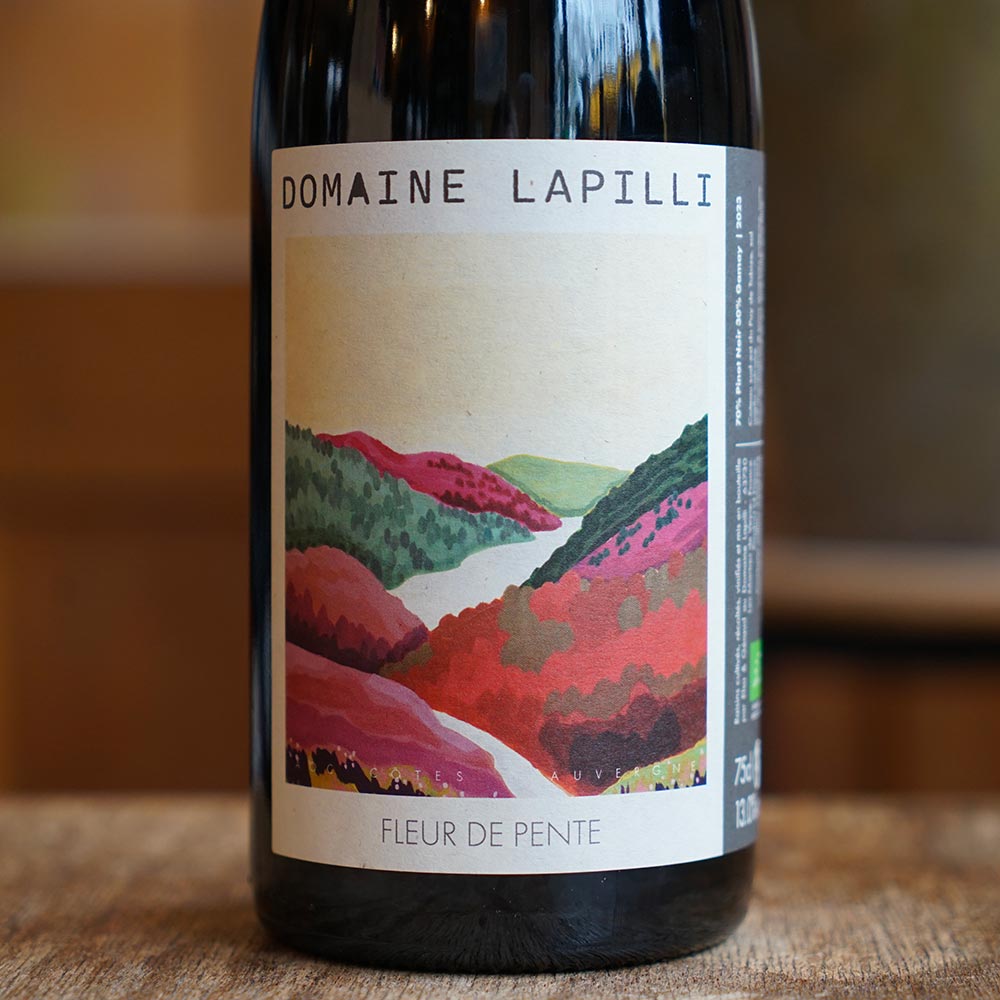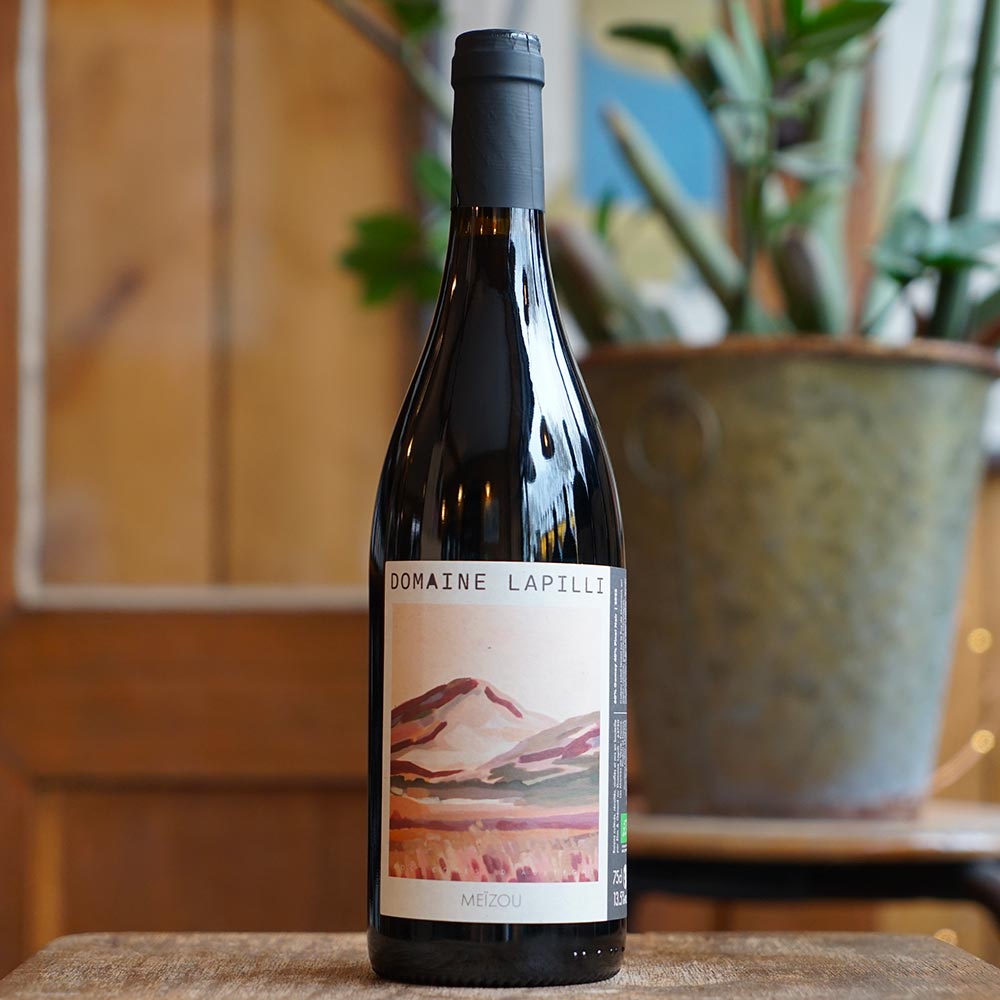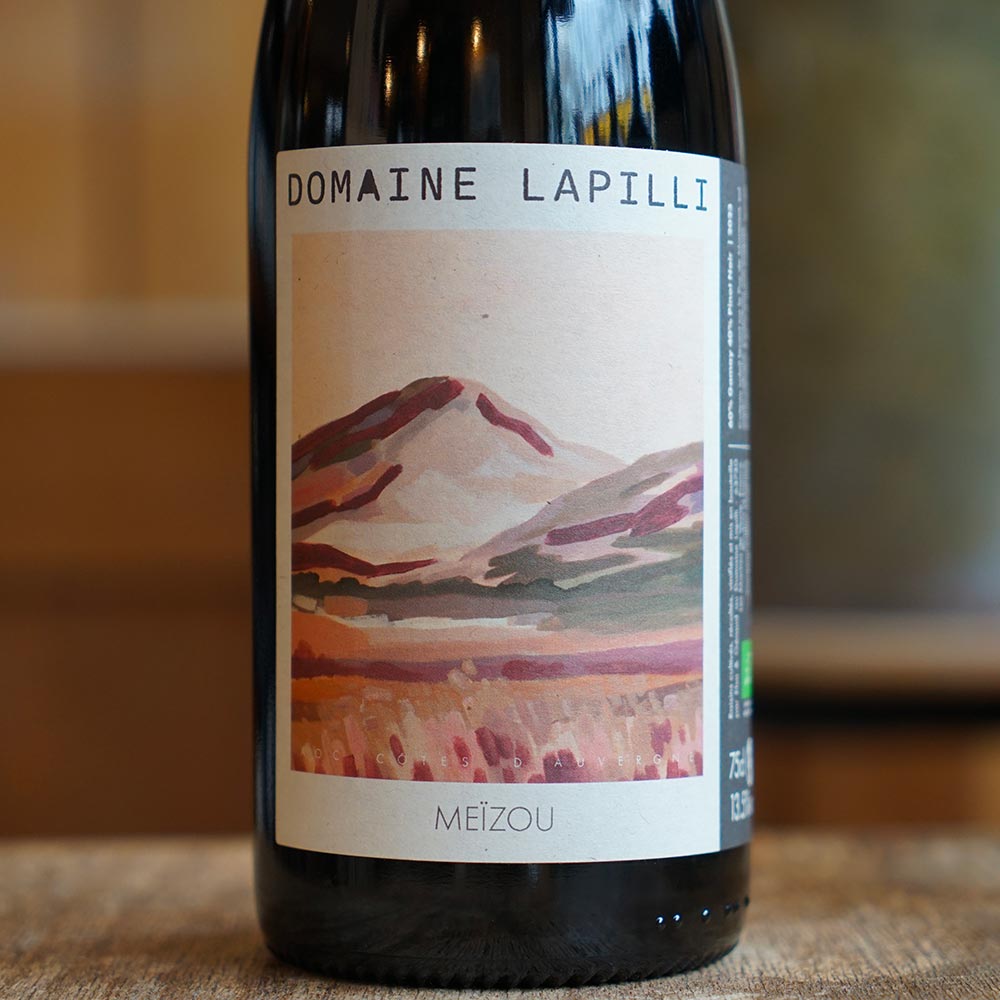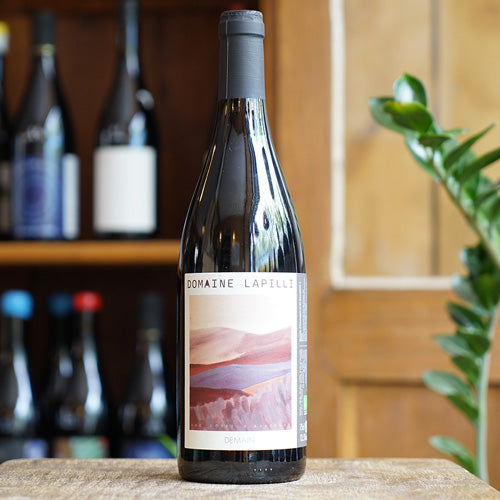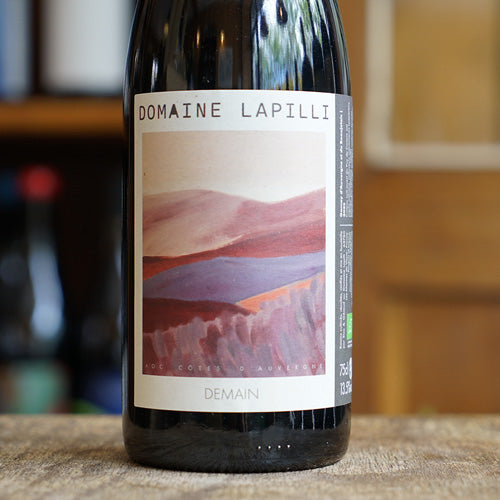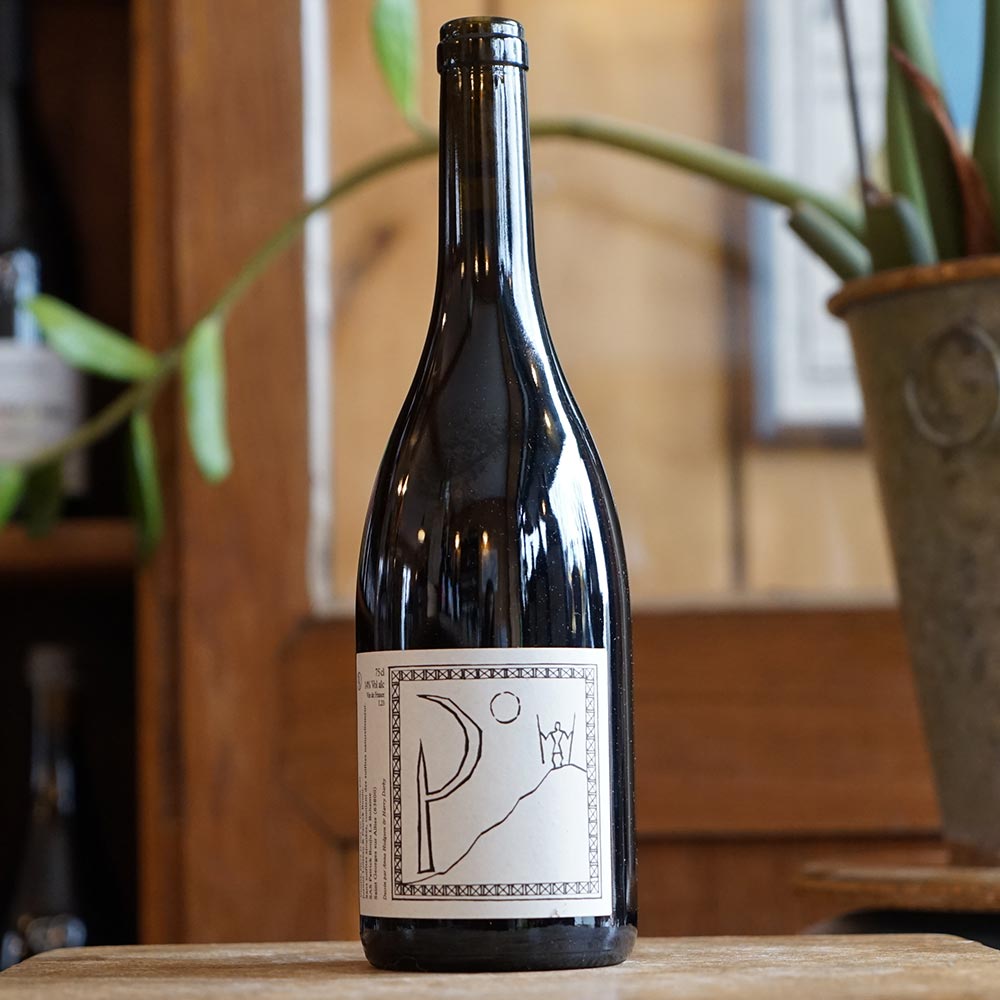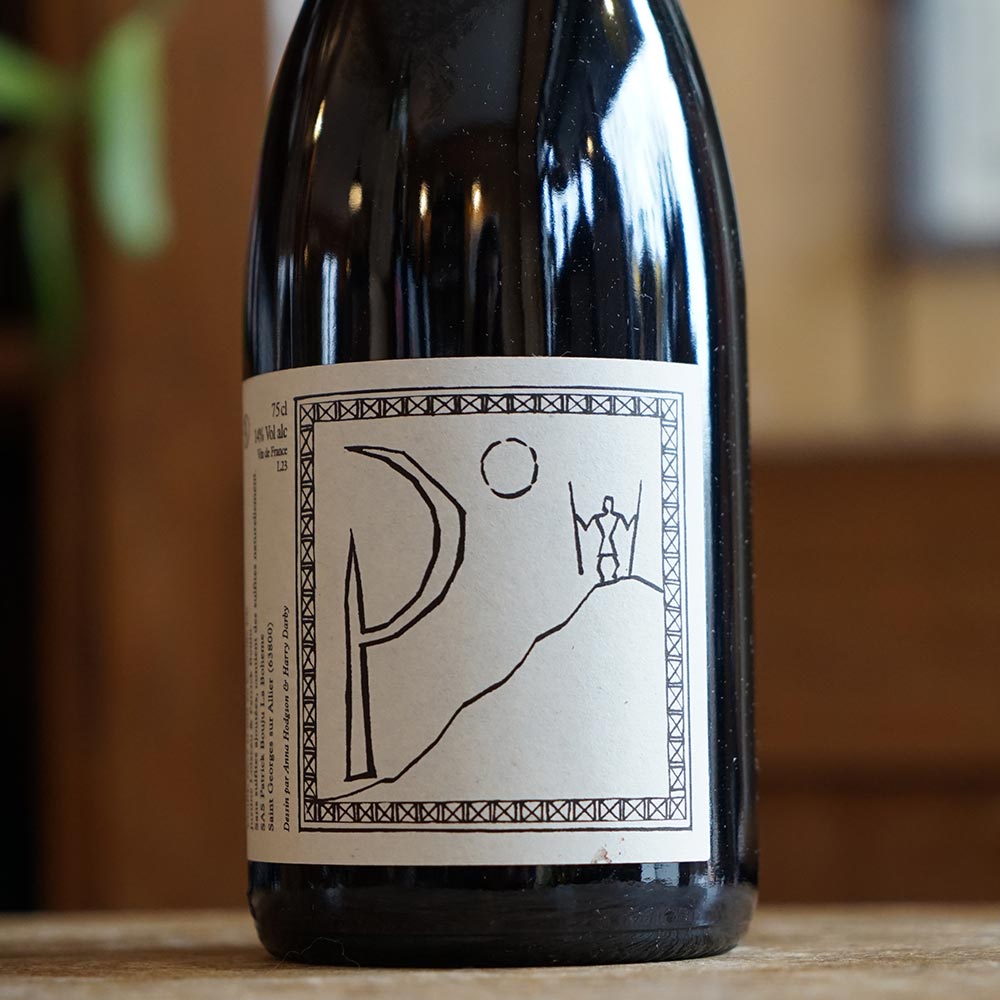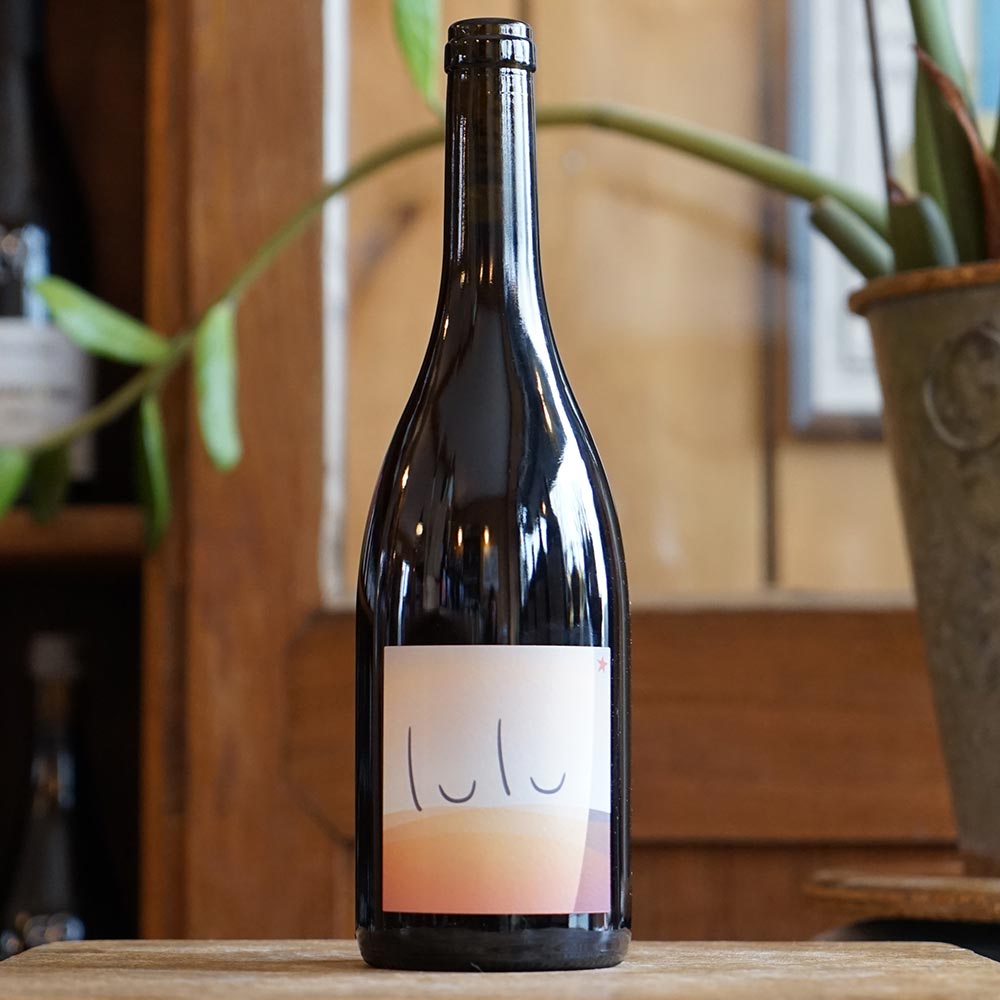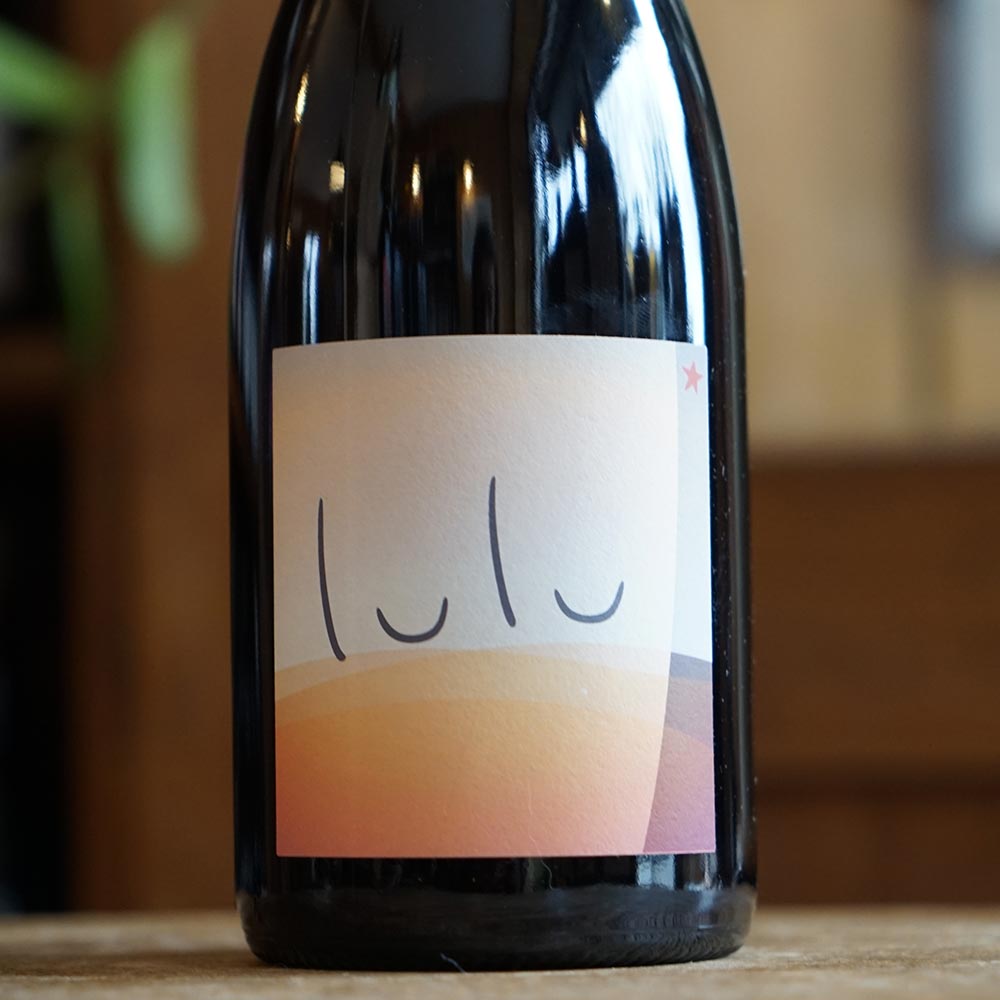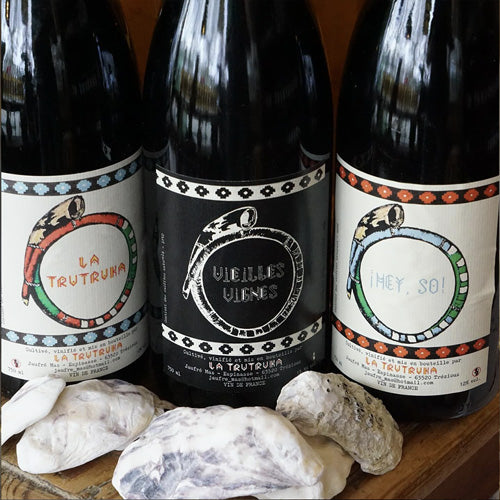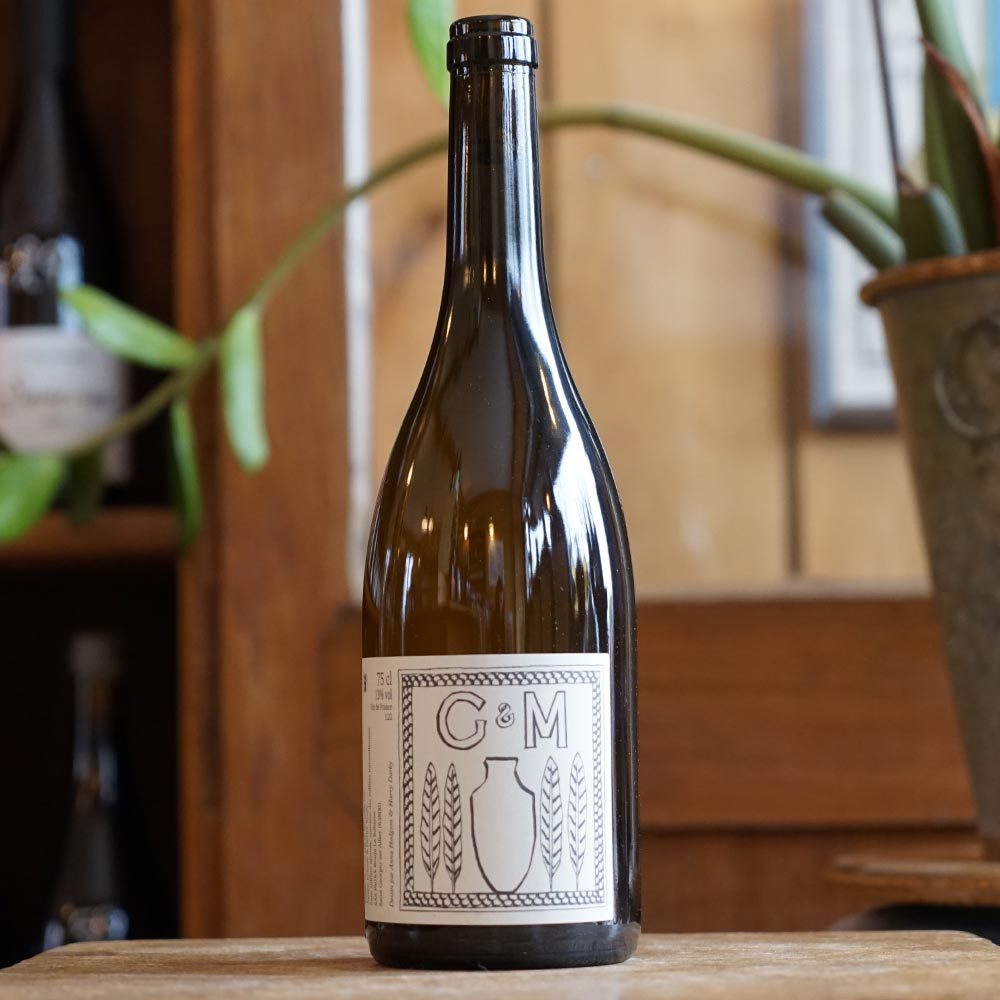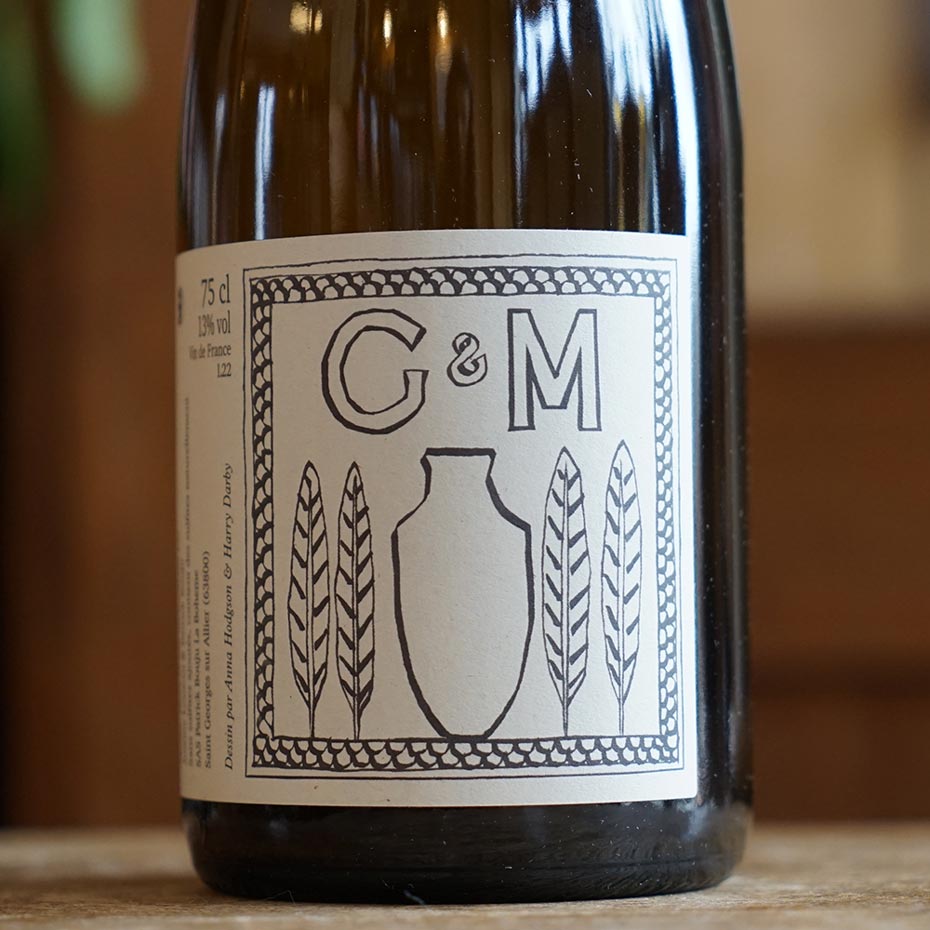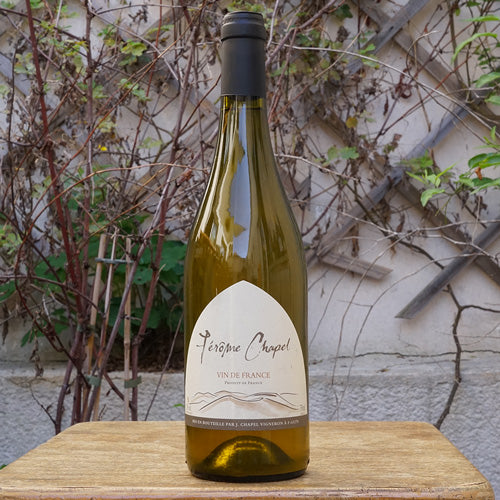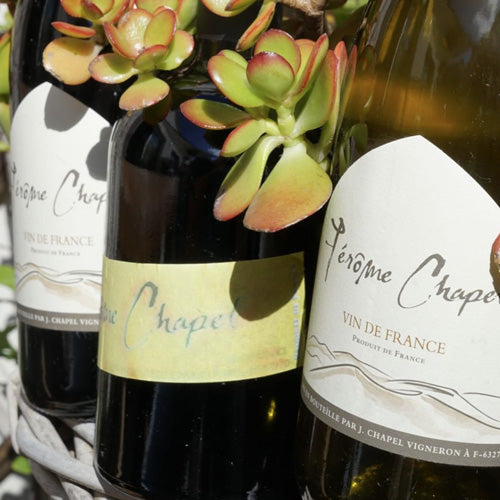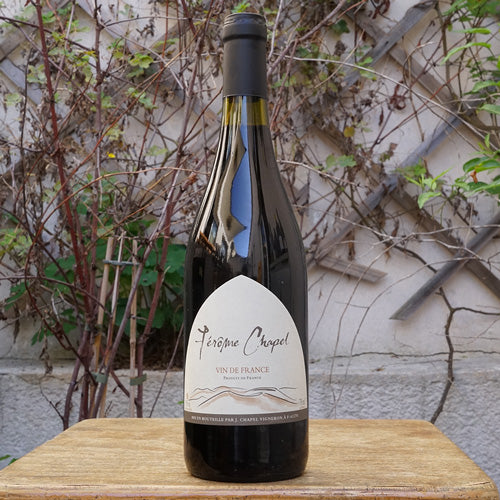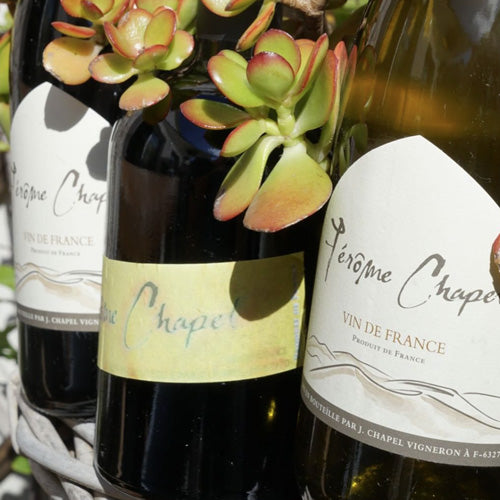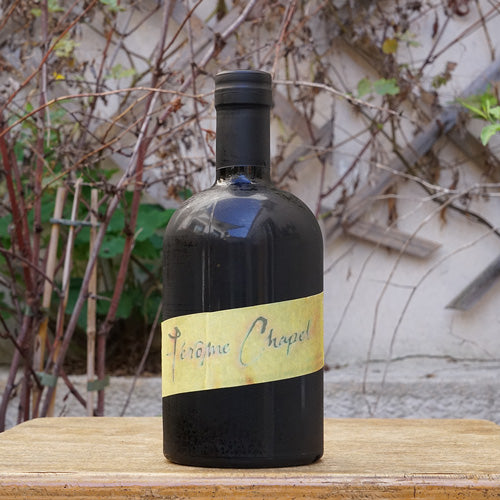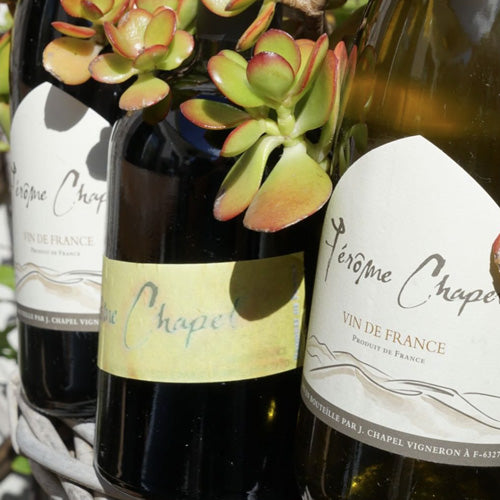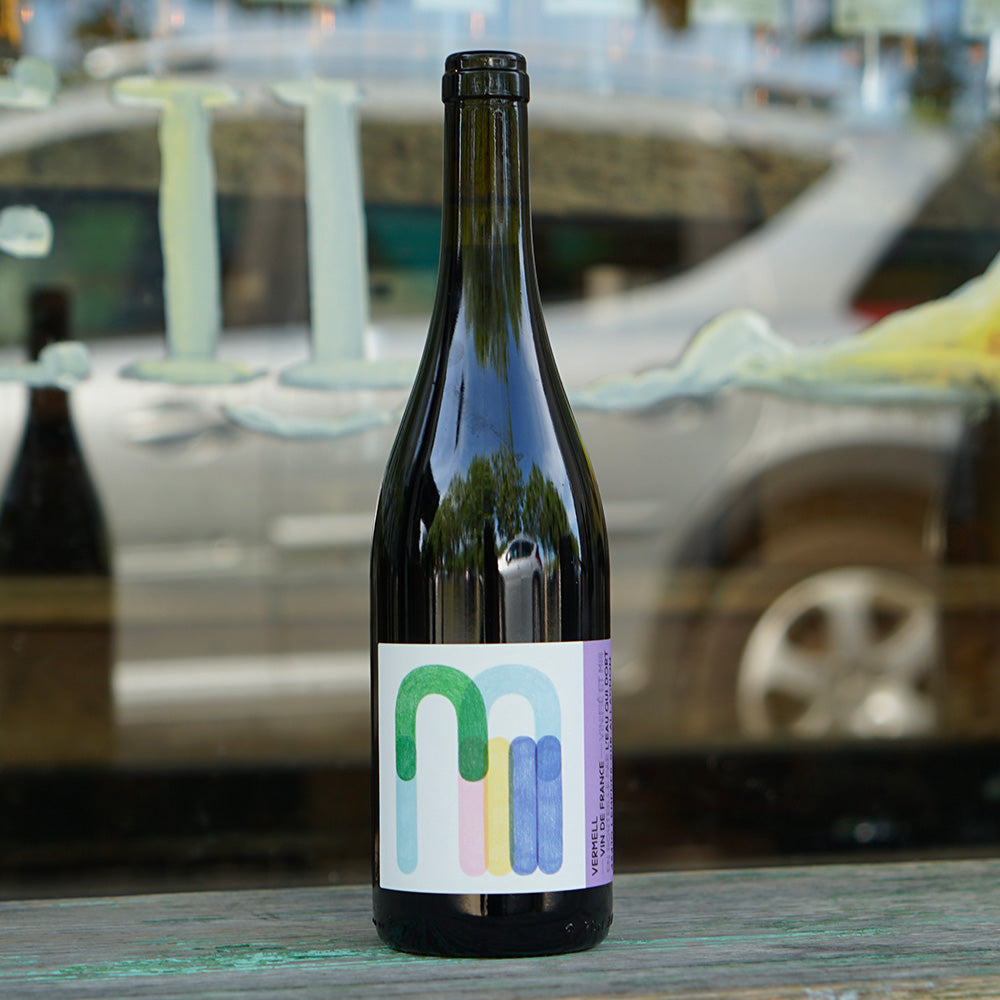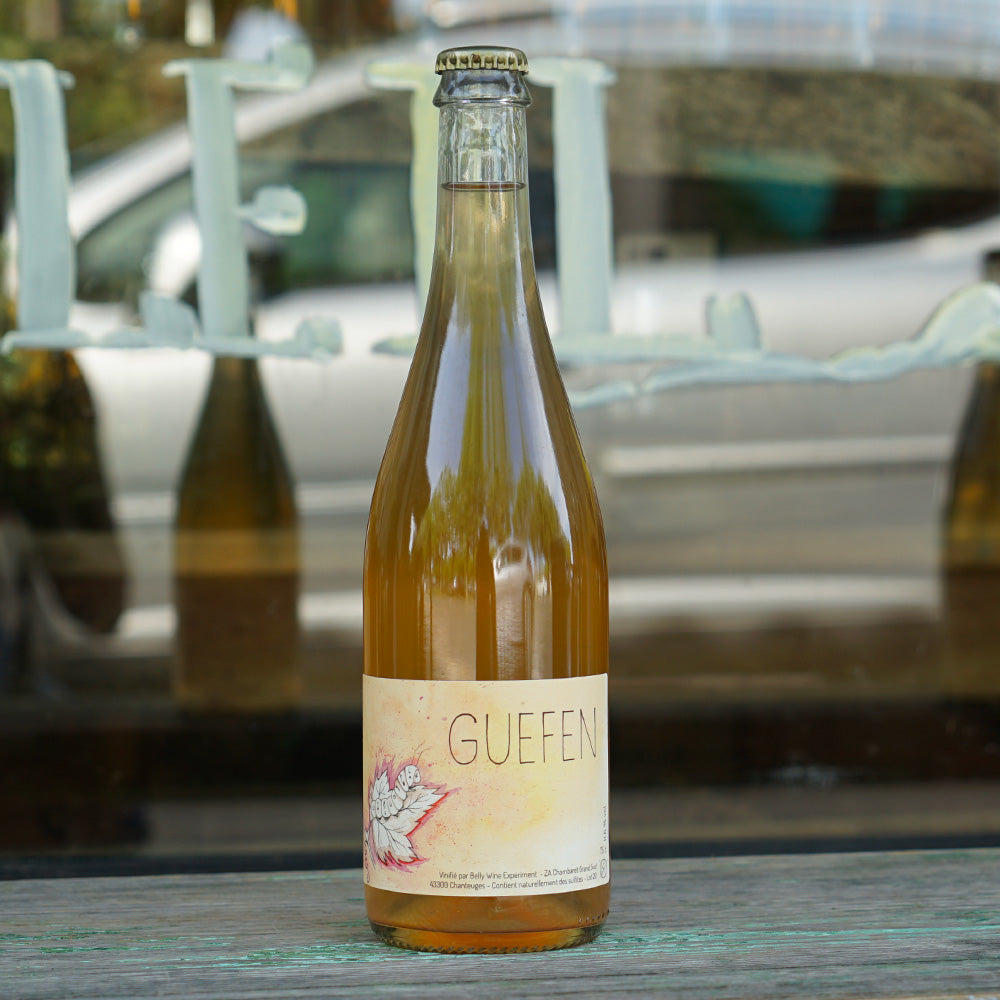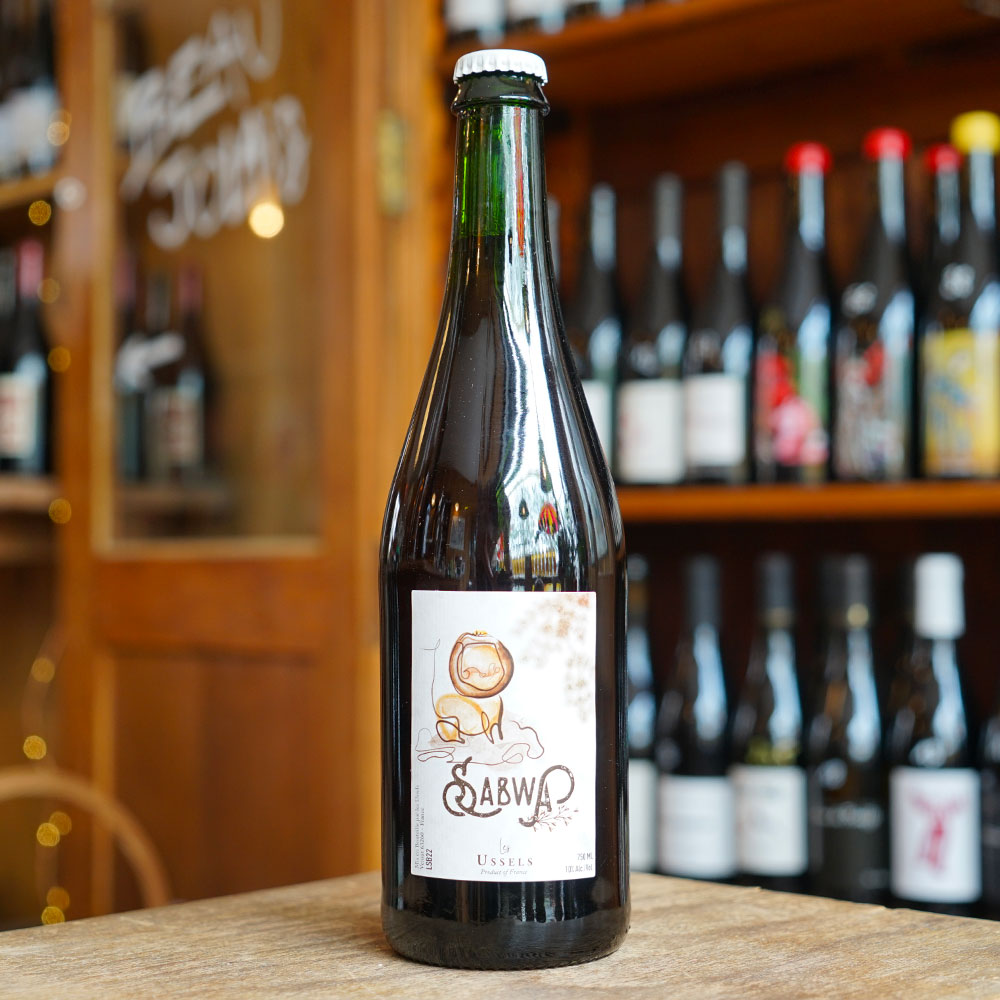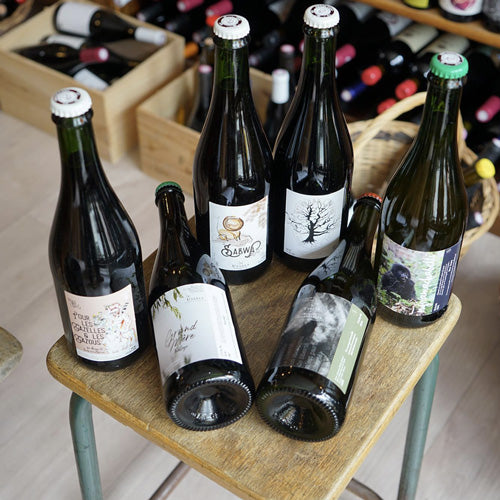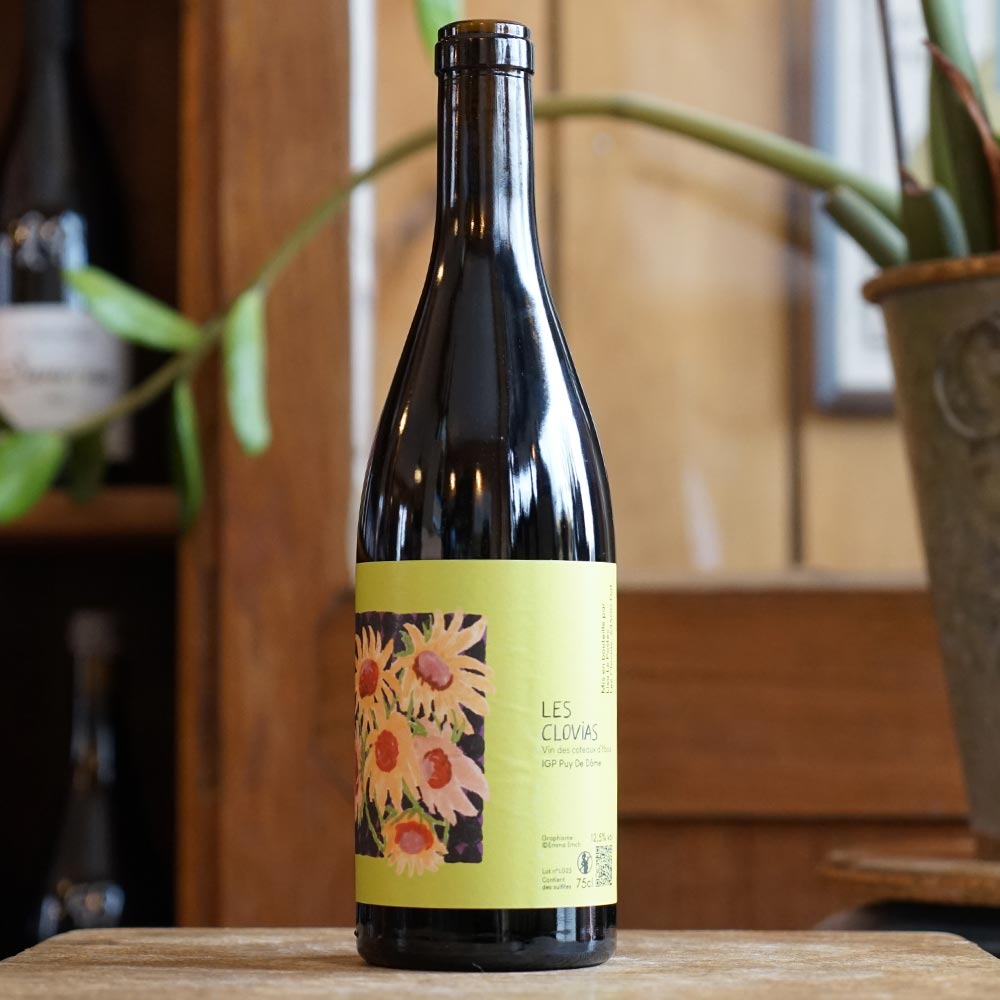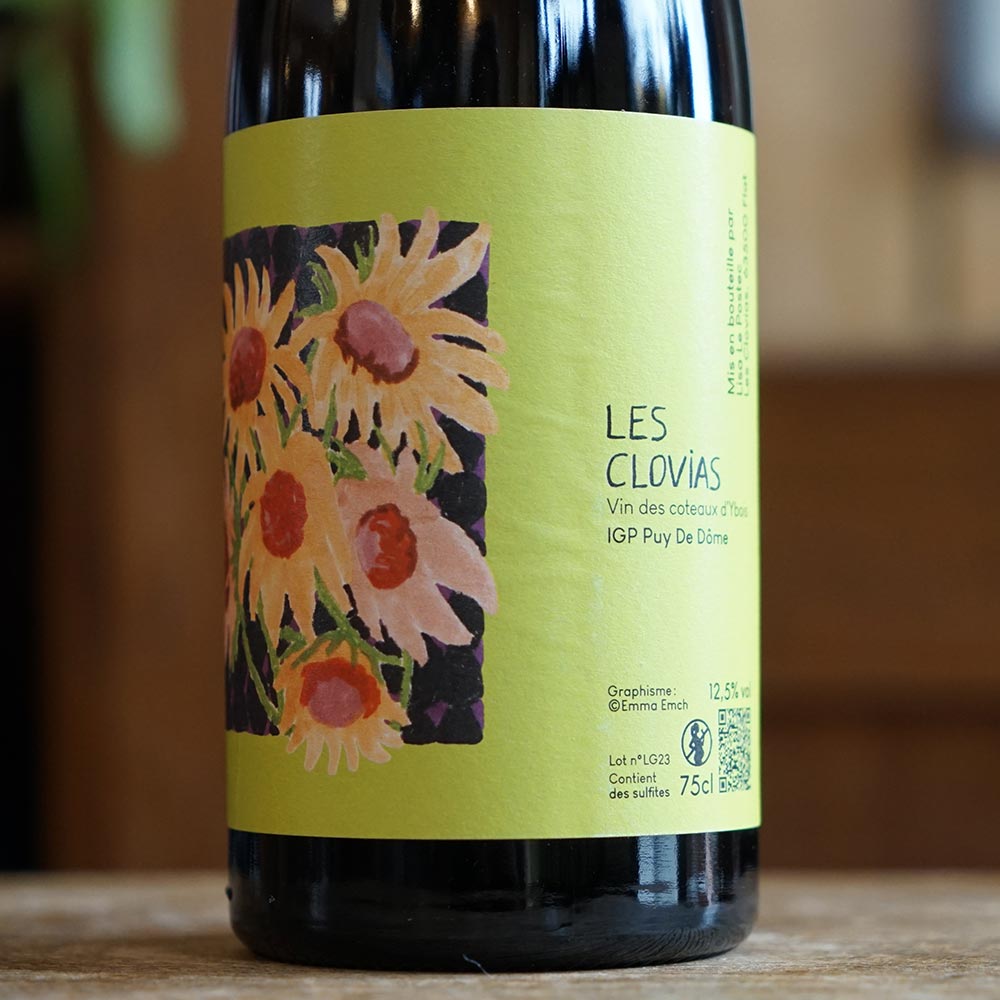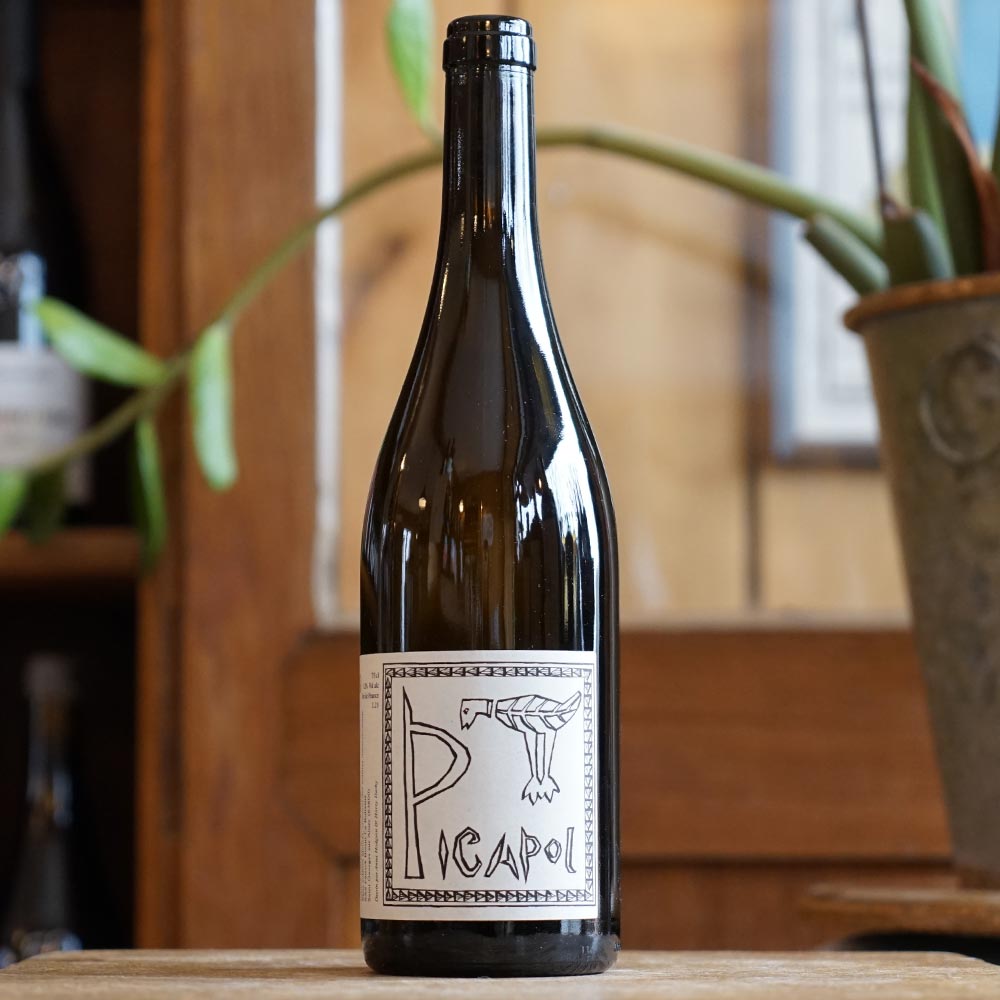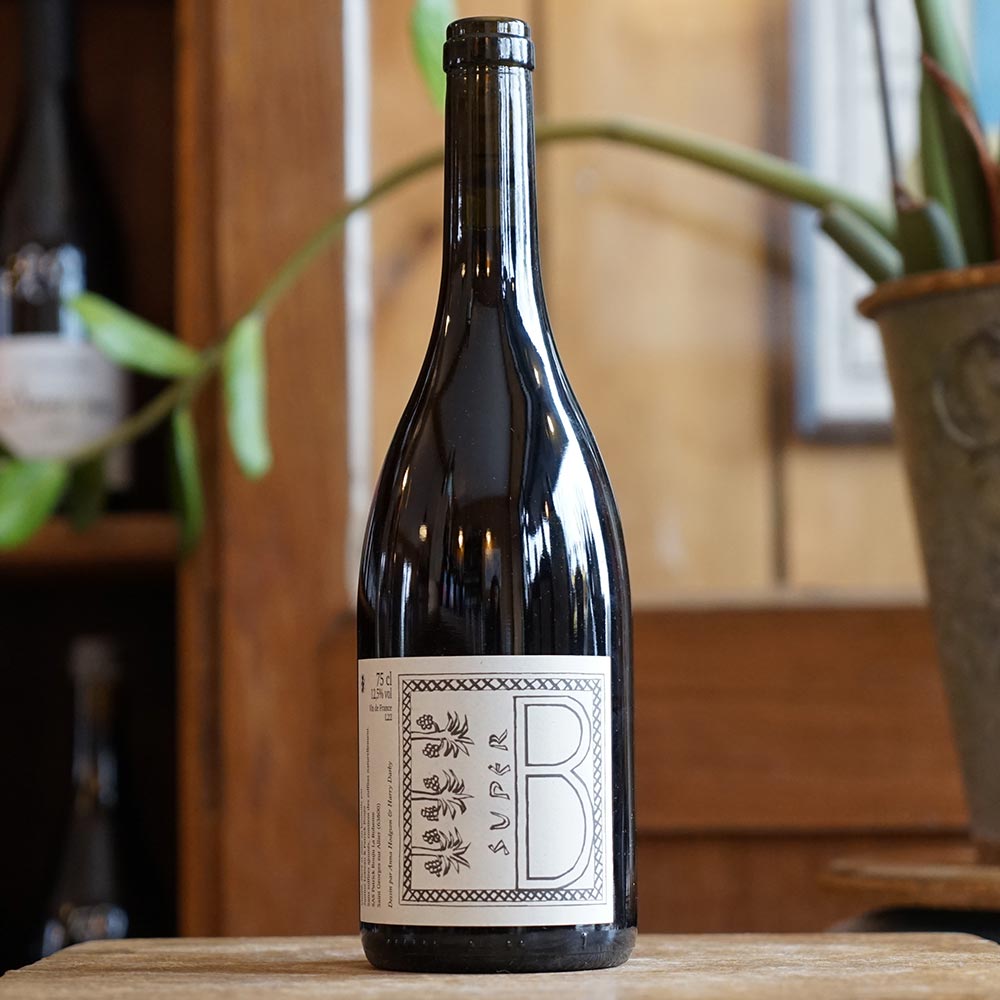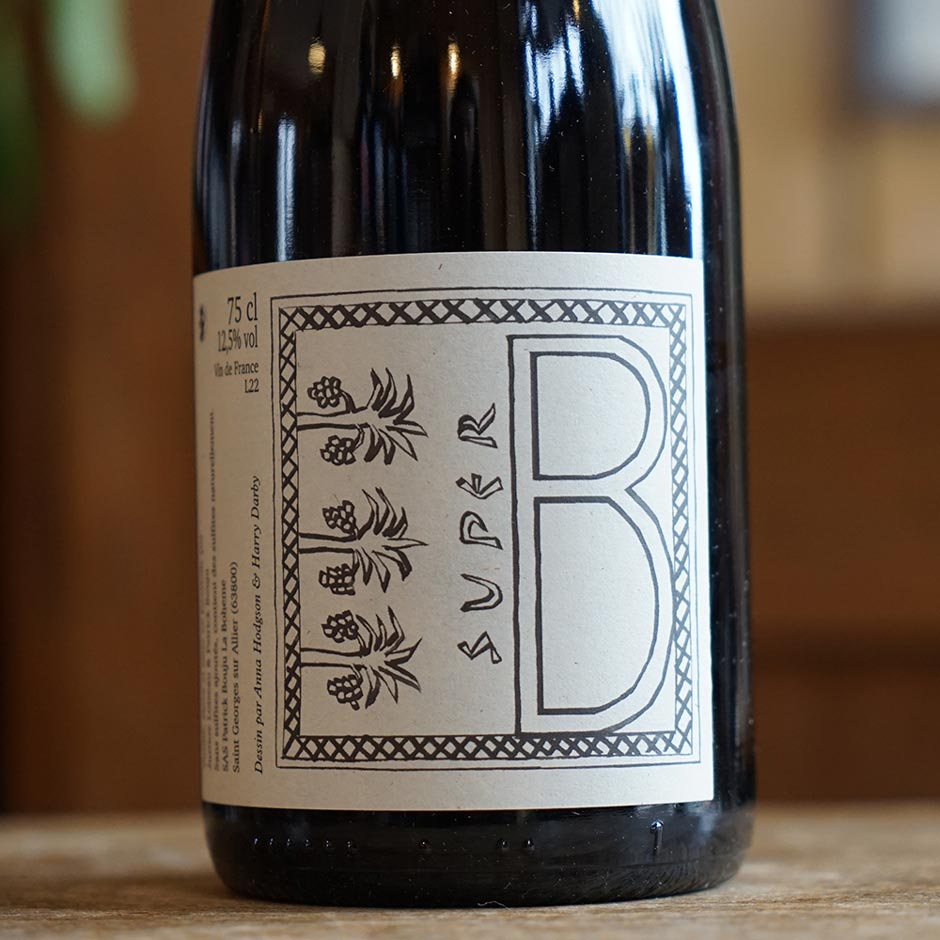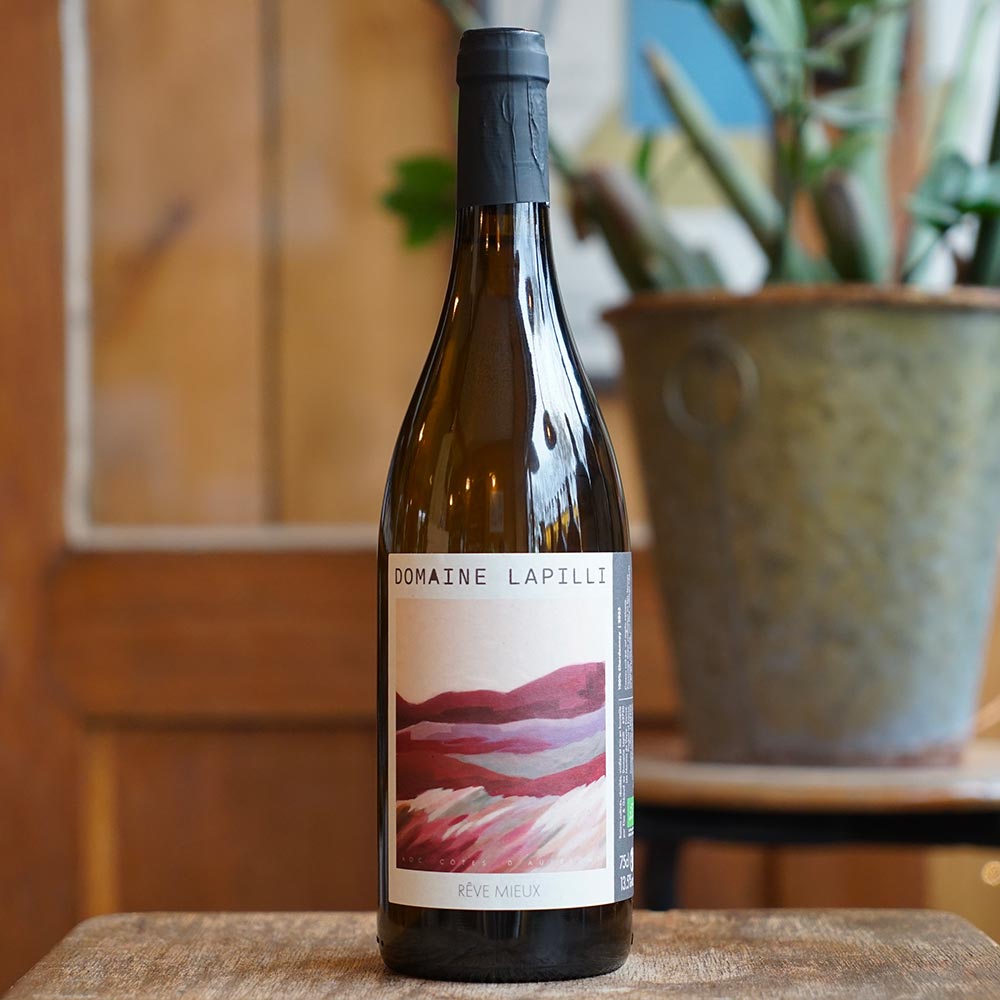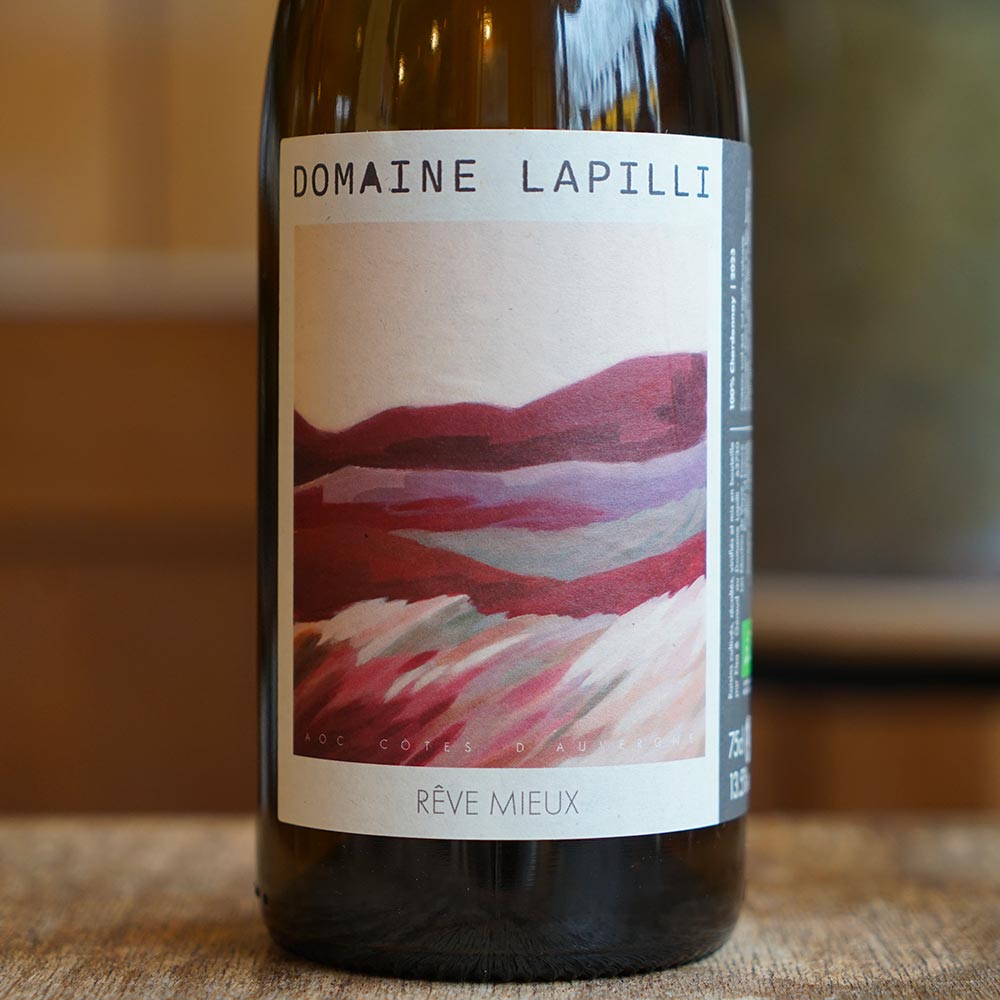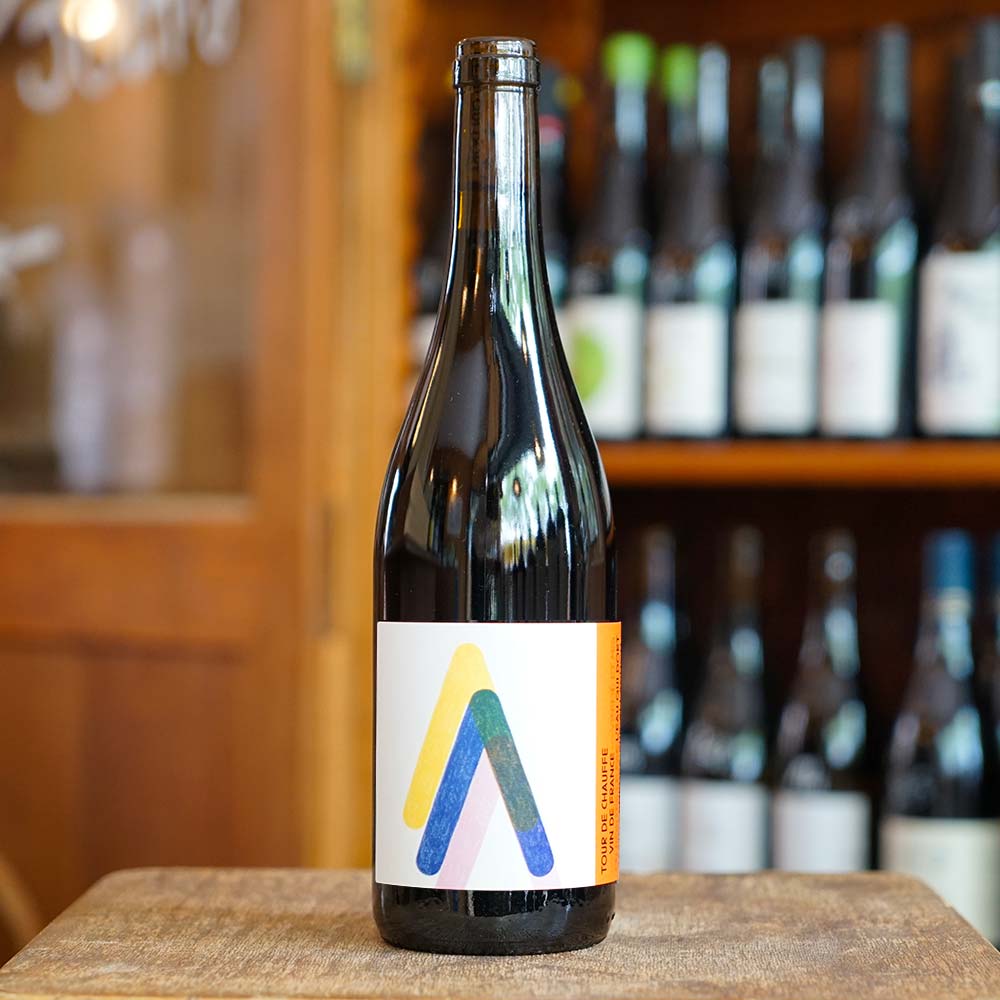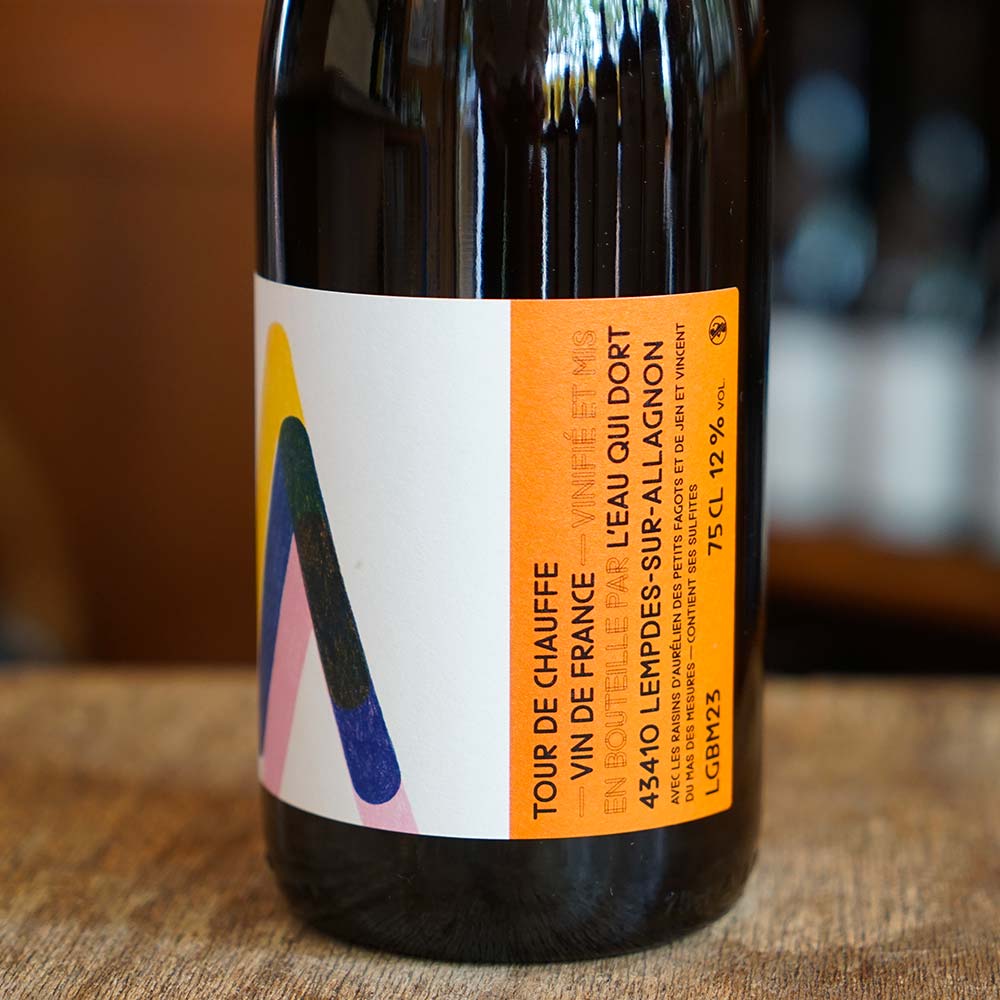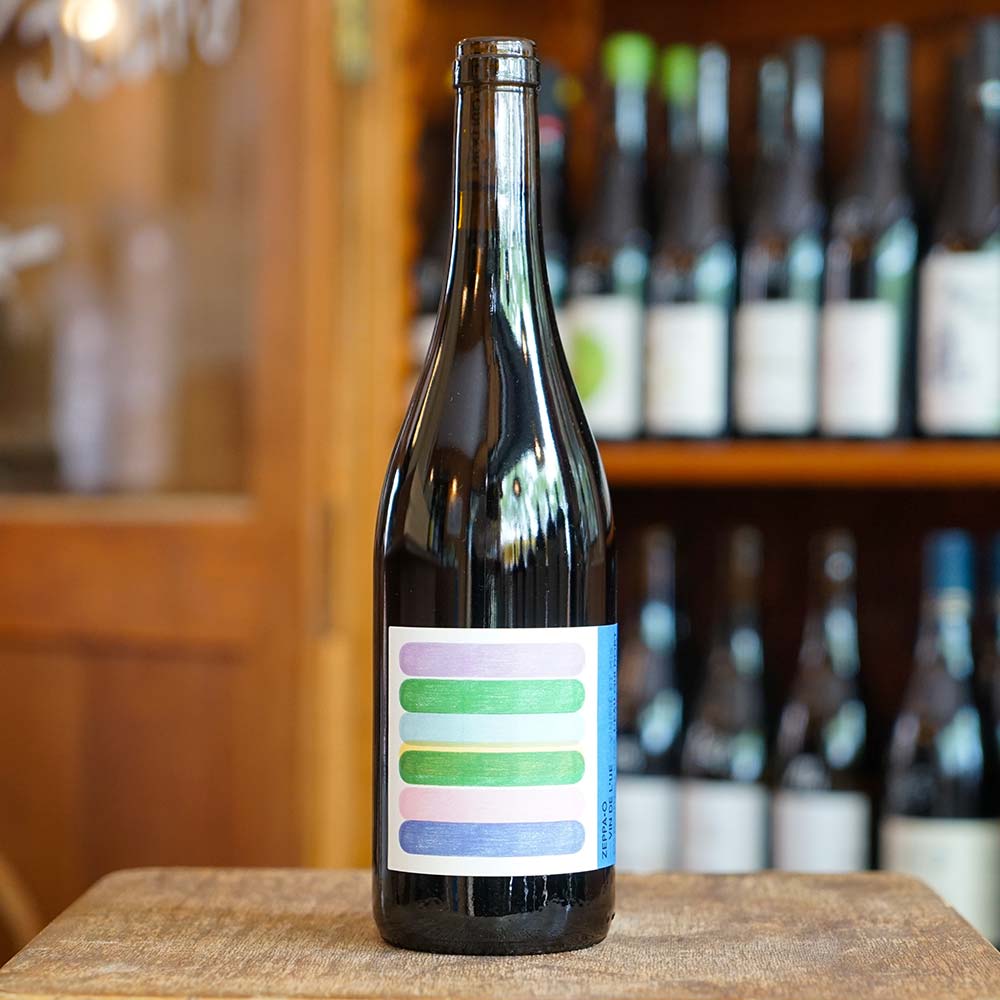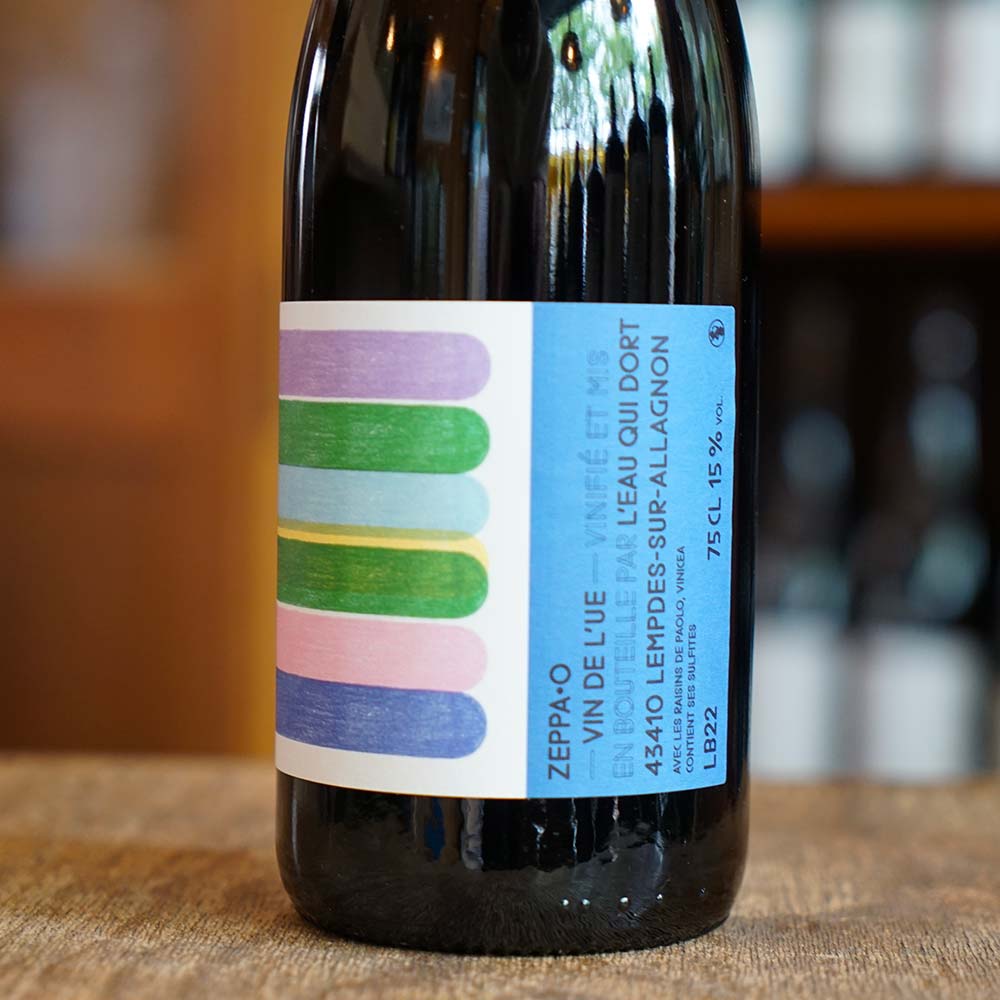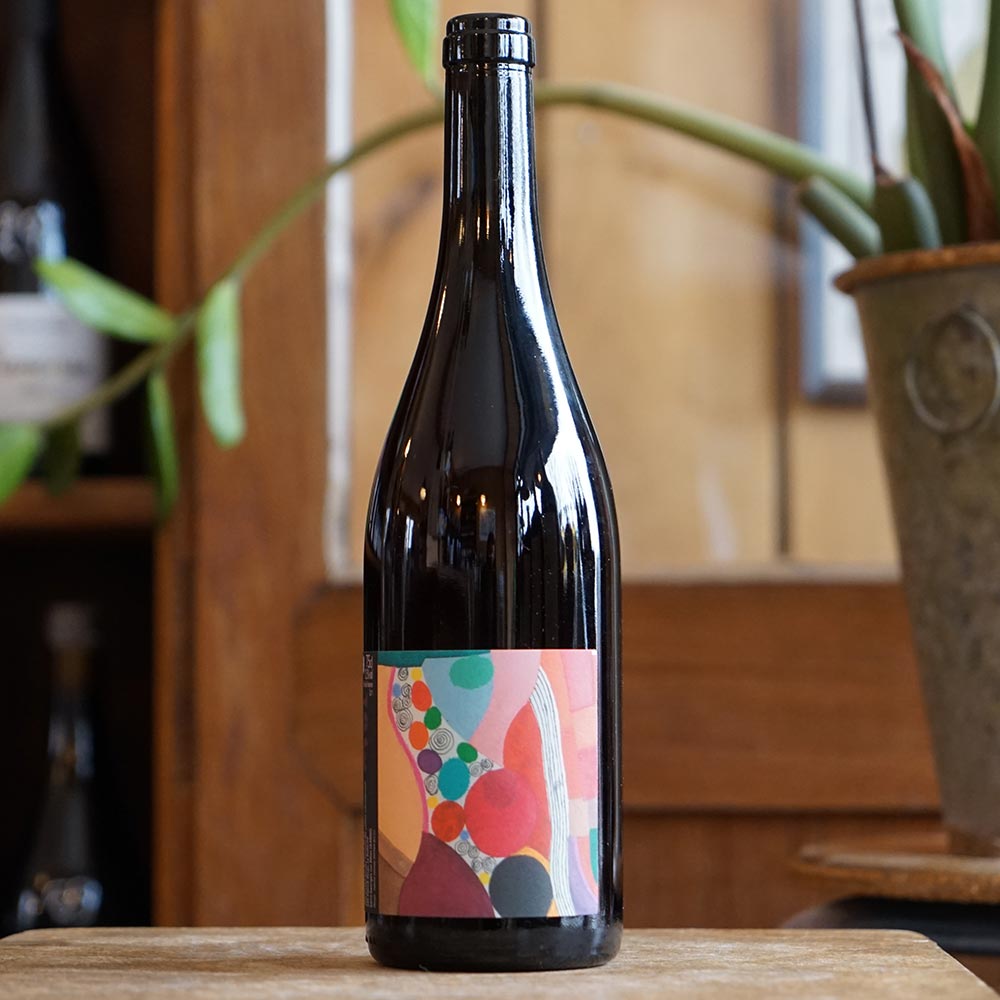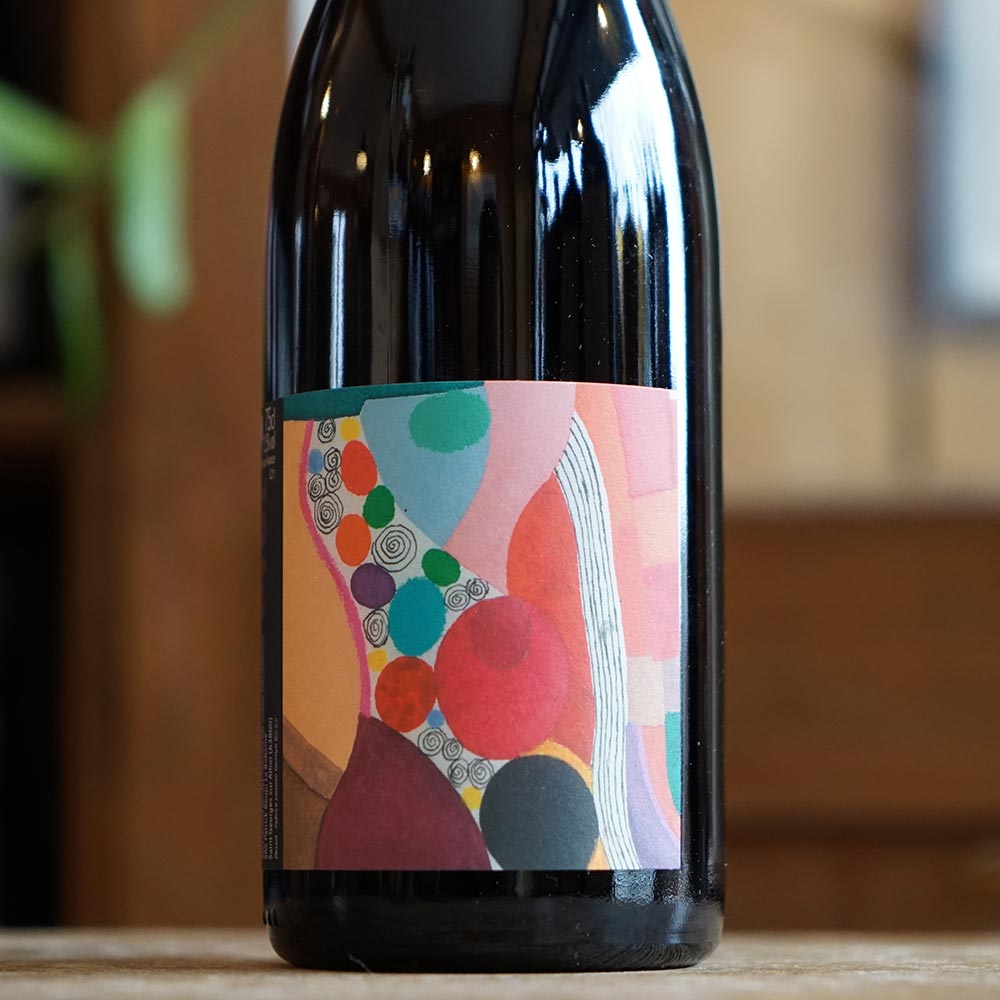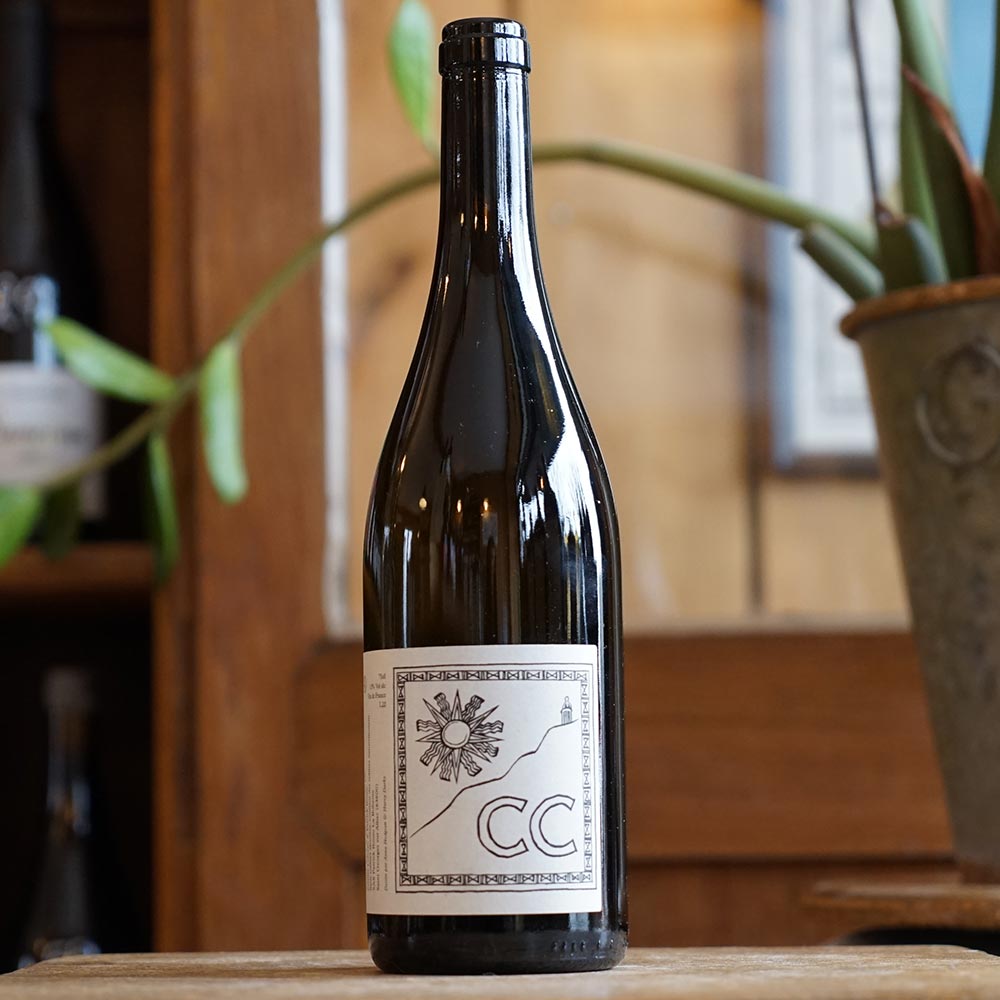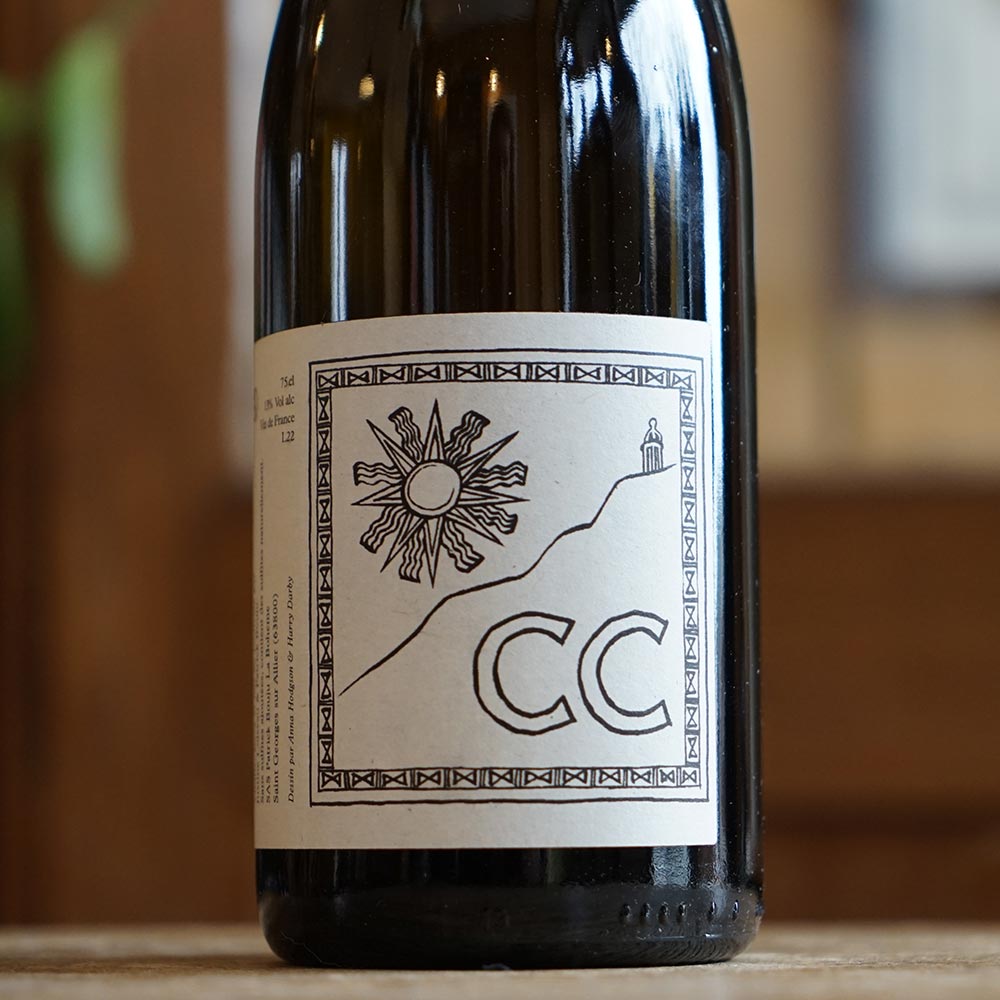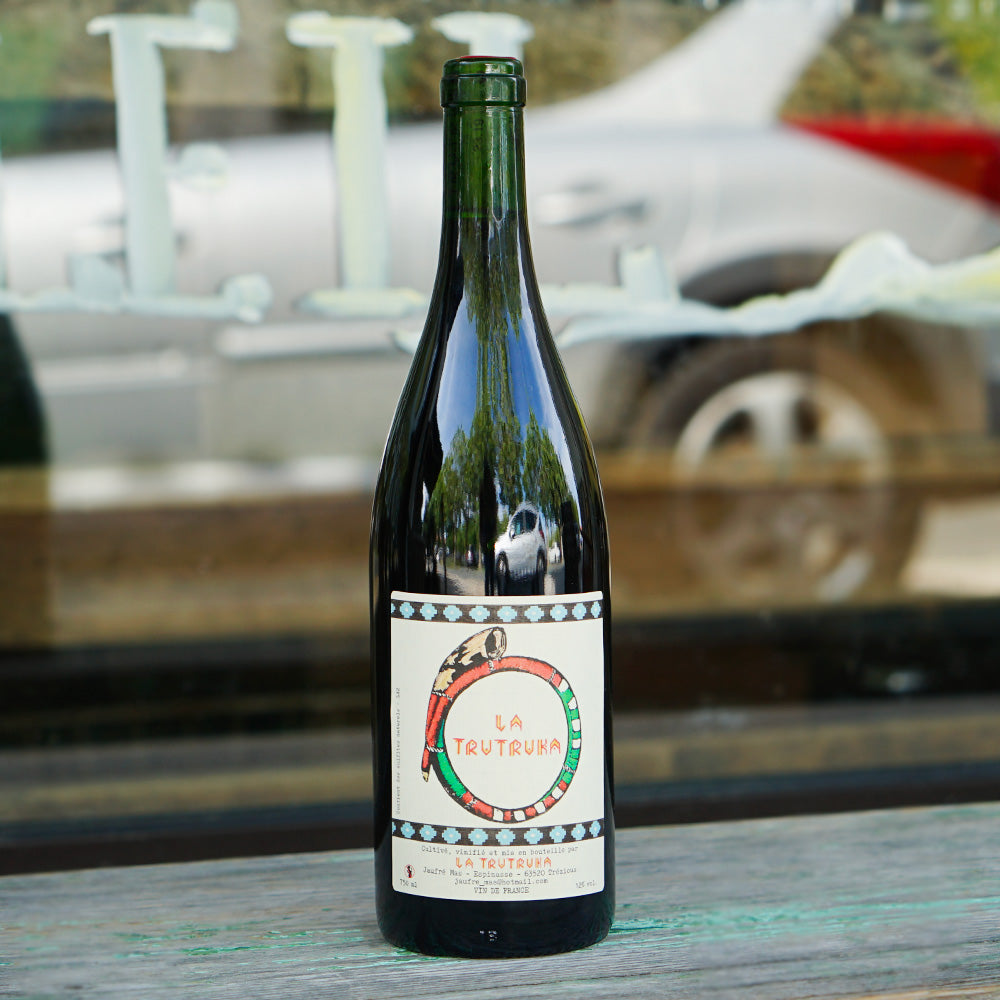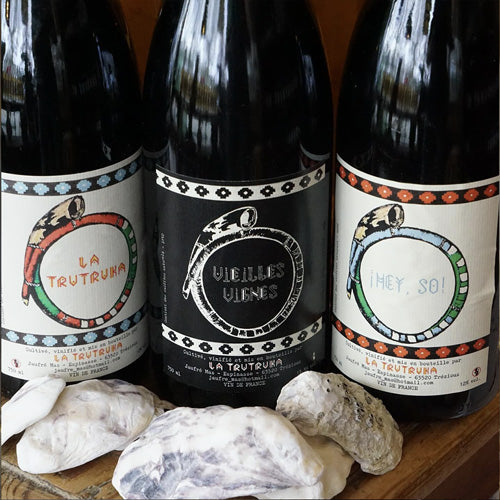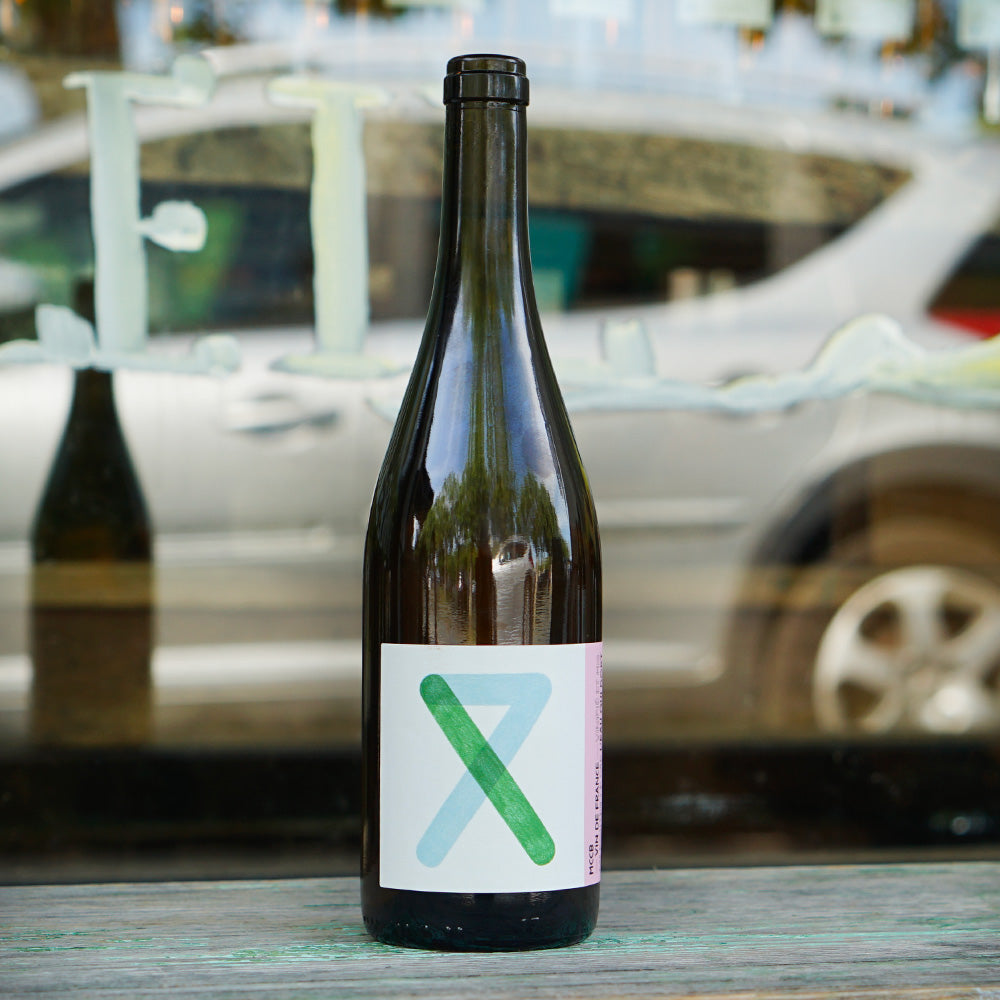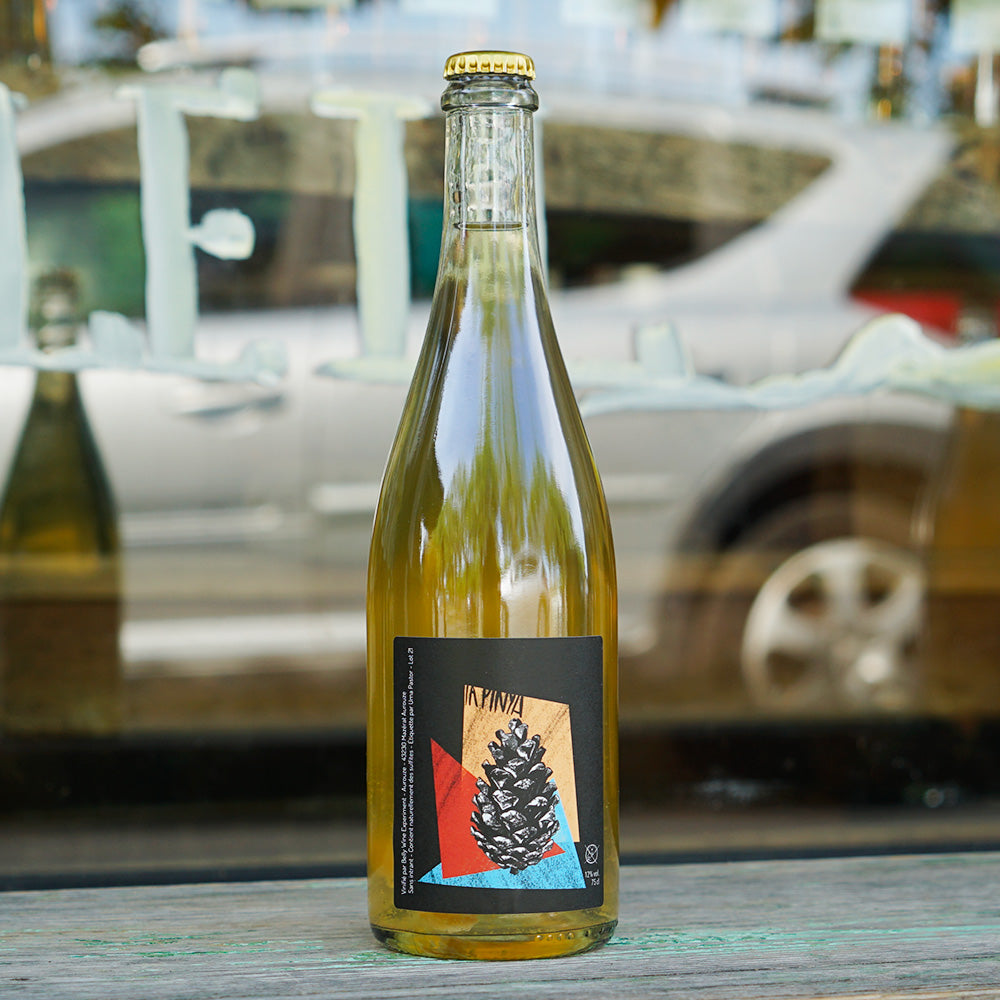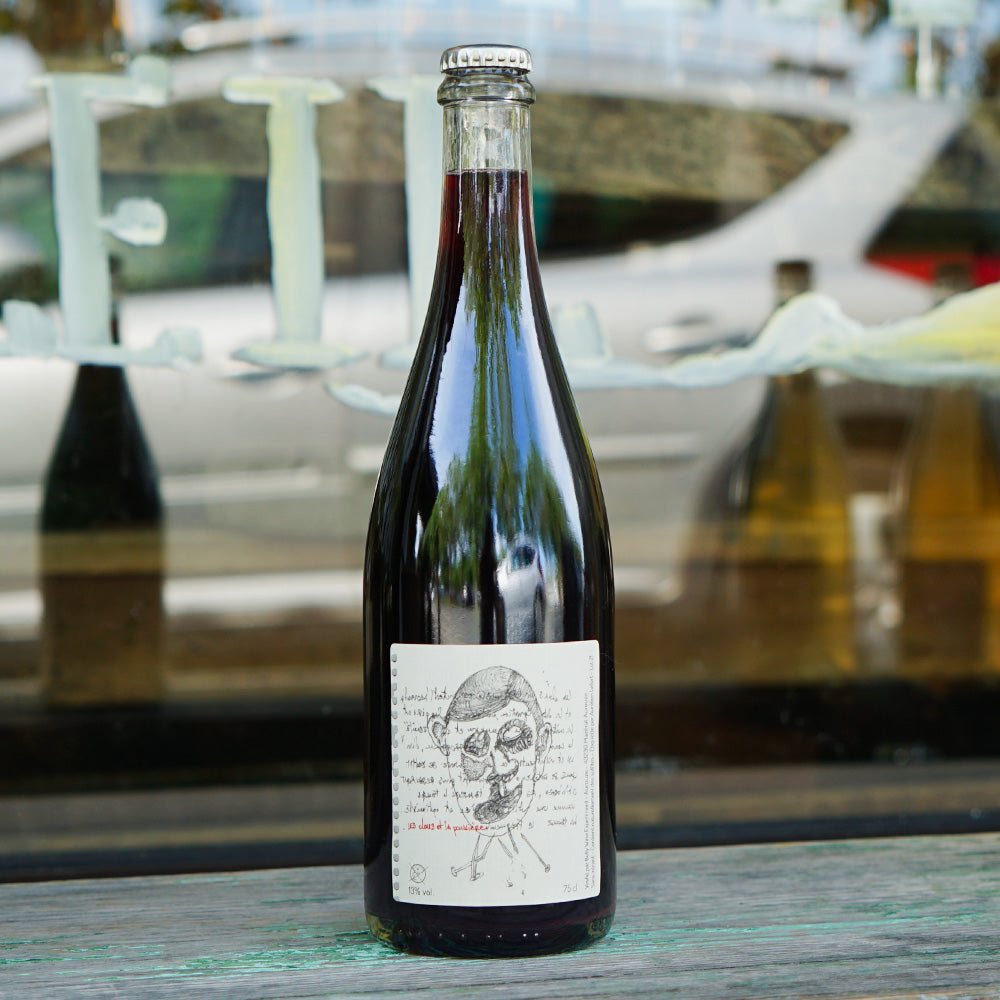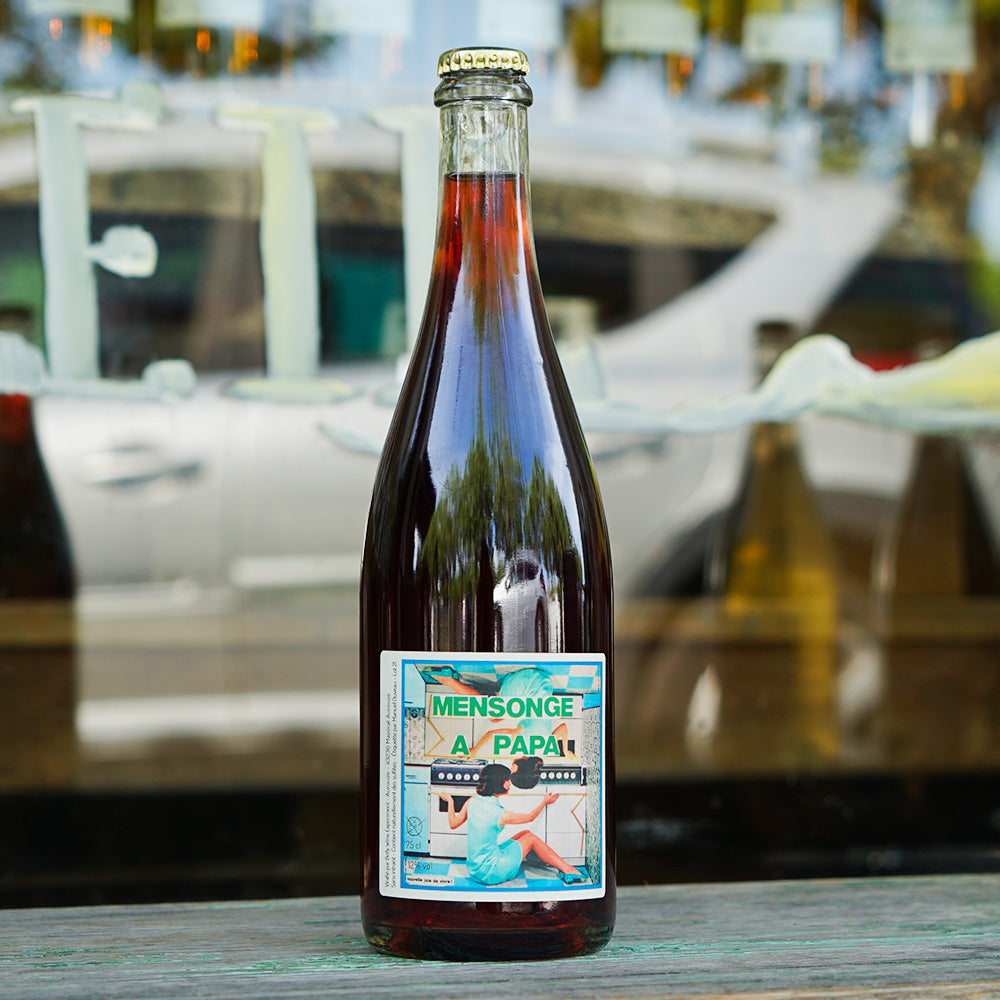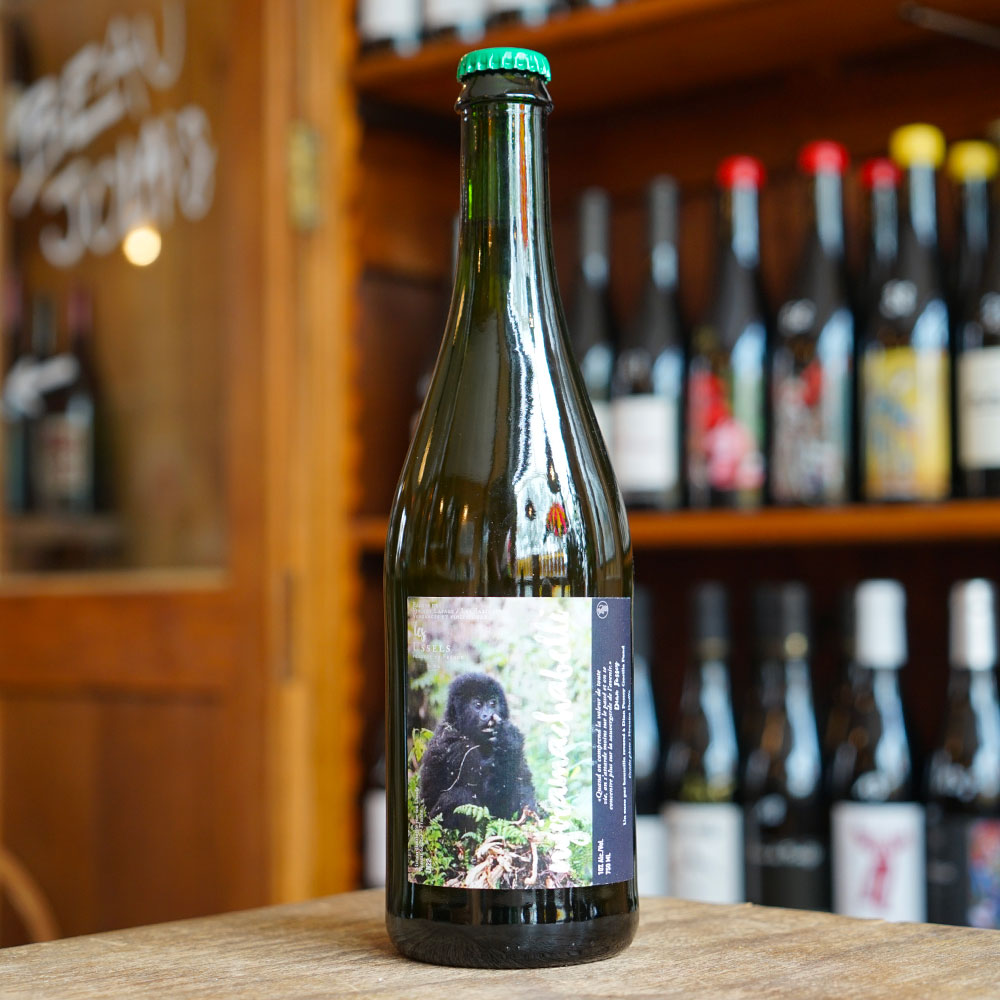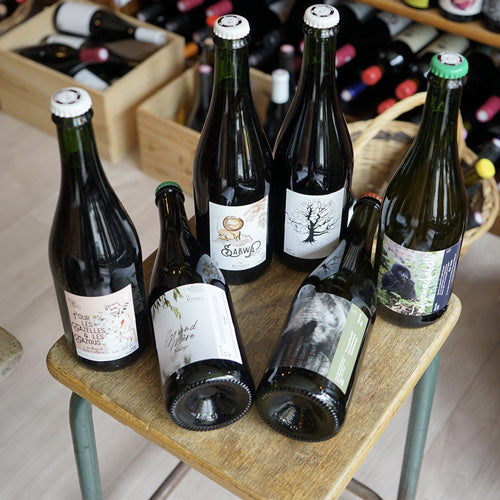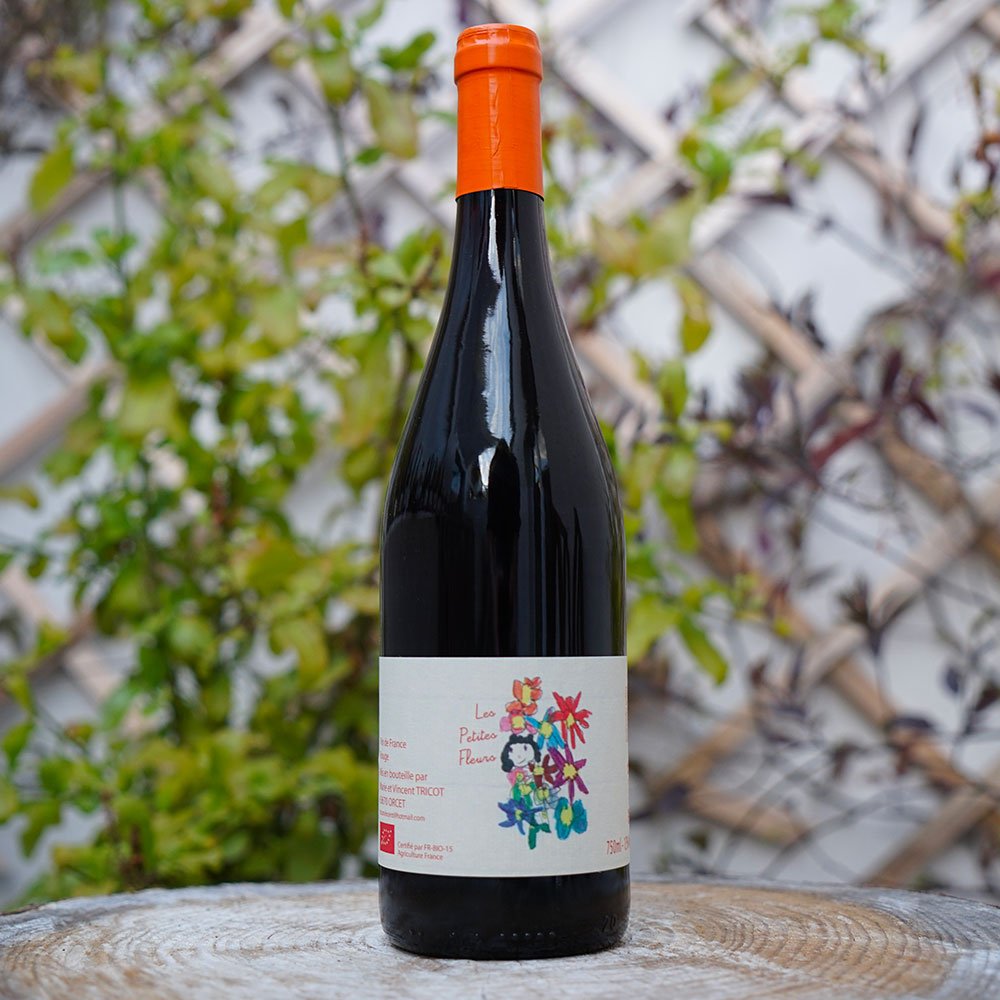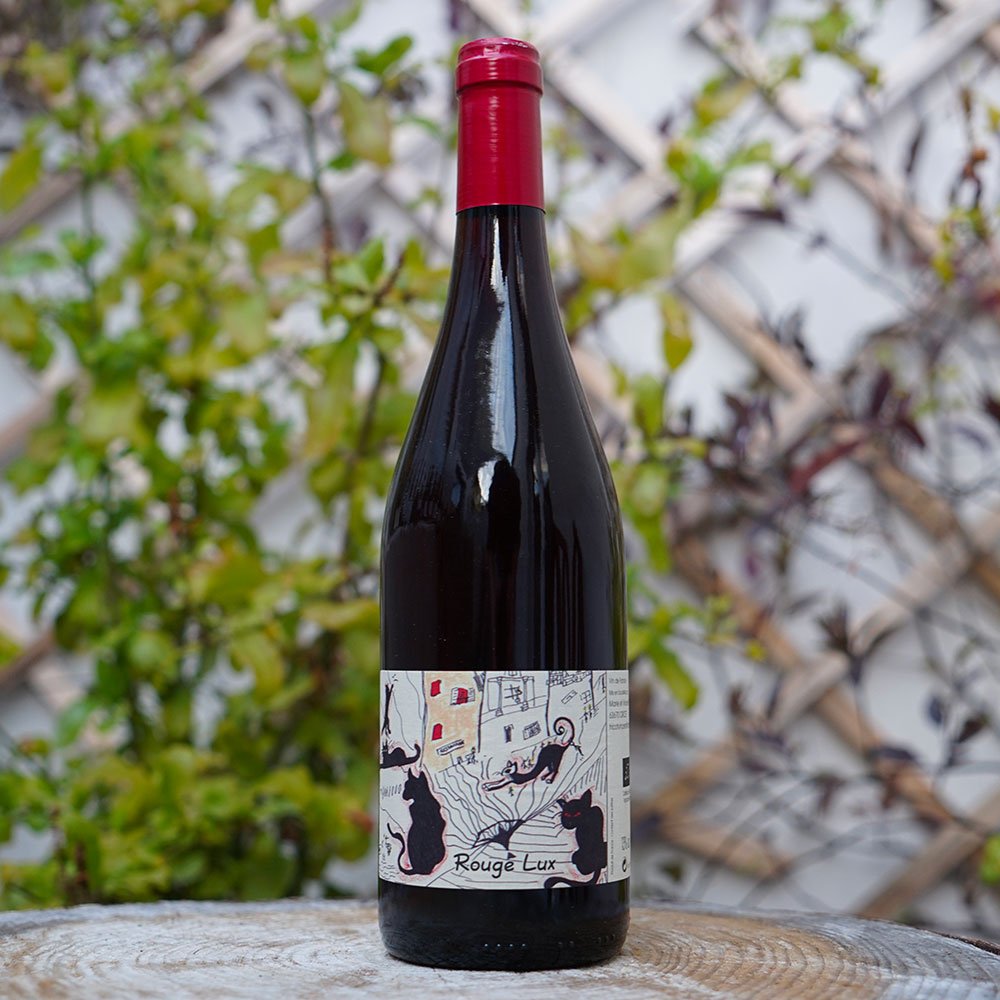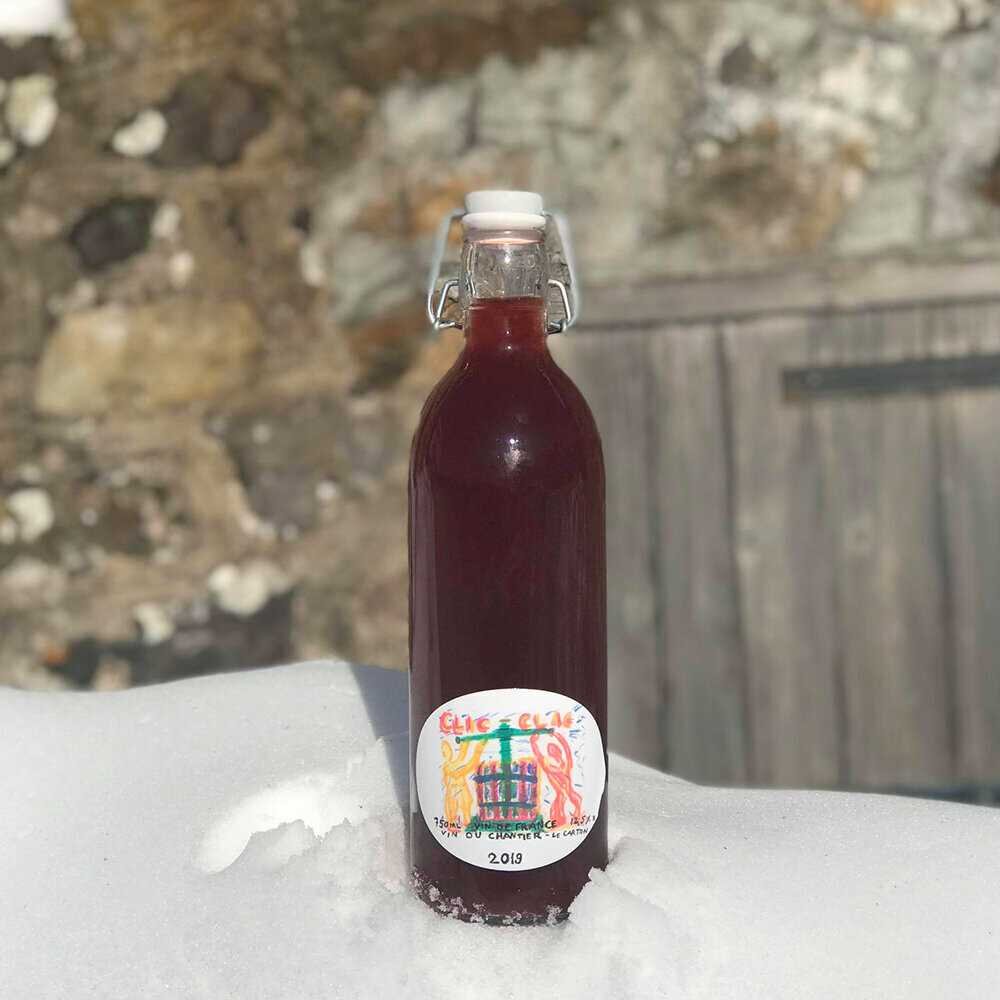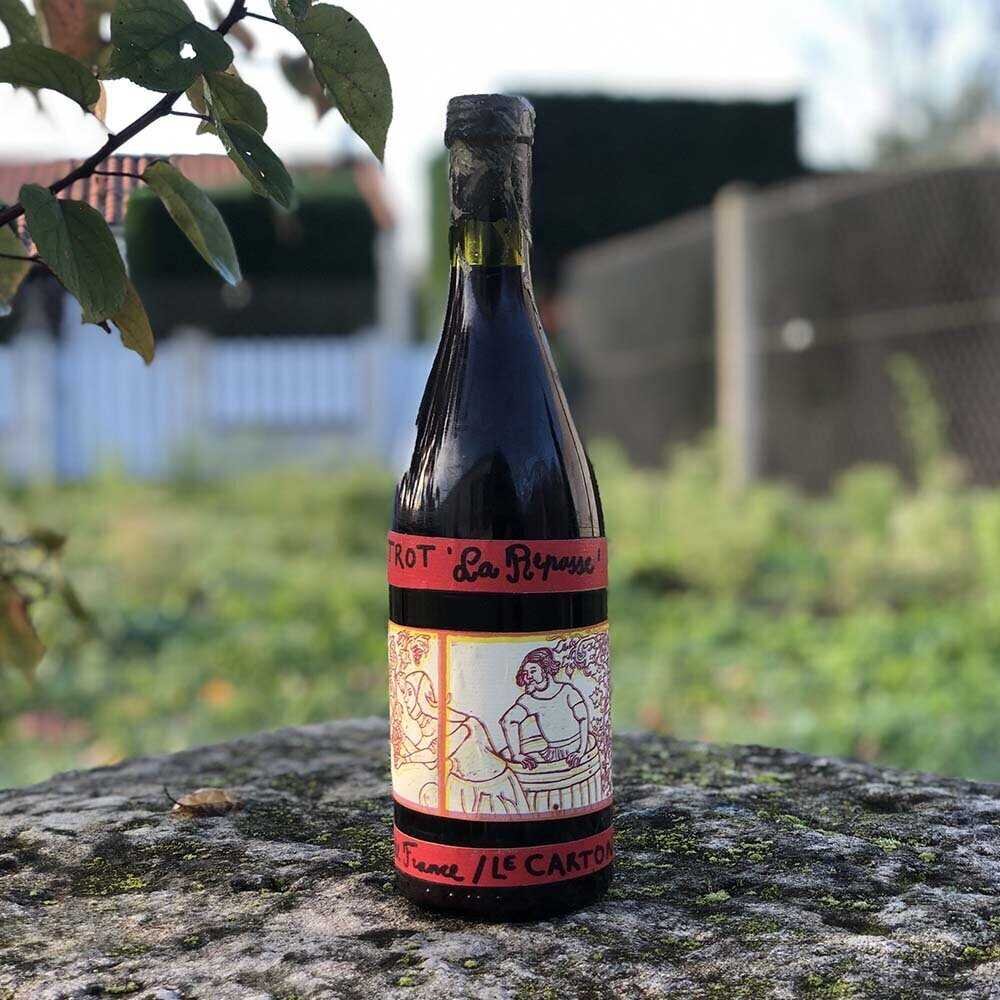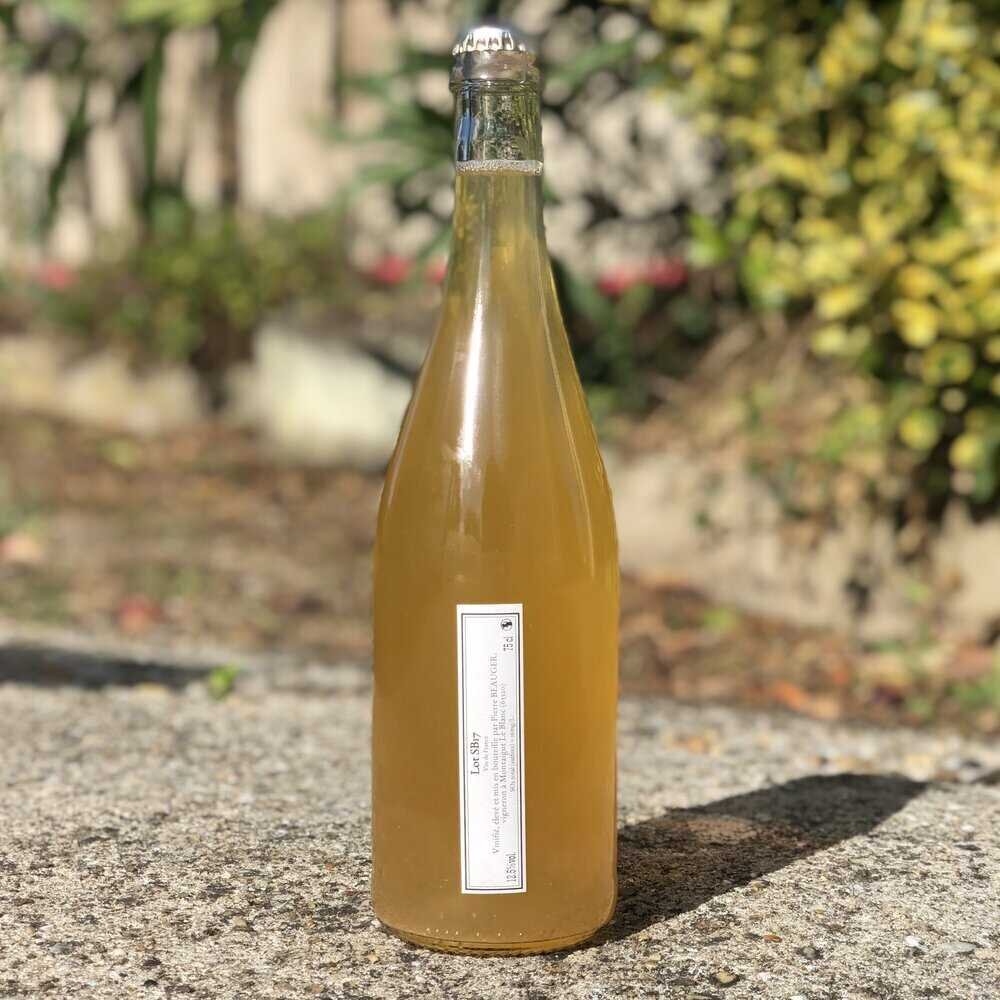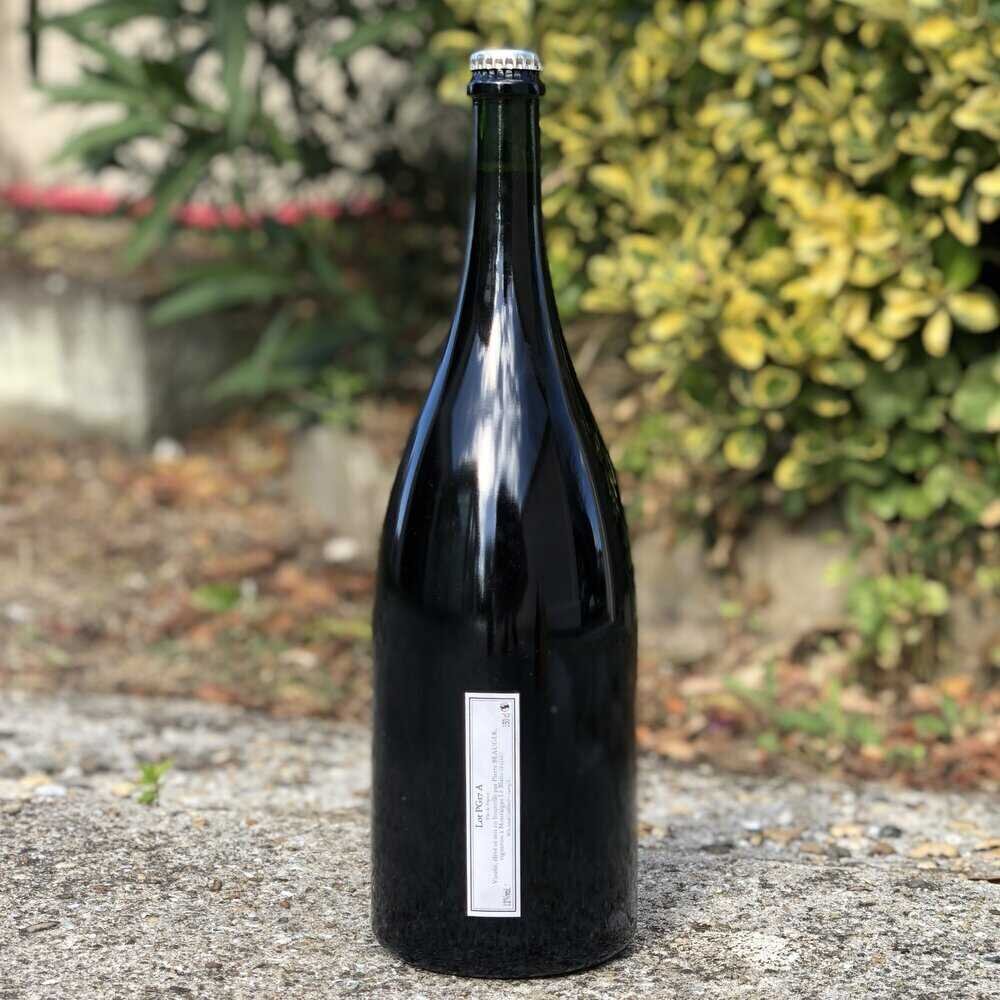Auvergne
Yet far from the Nantes region and the Loire river mouth, the Auvergne vineyard, although having its own identity, especially in the world of natural wine, is well established within the Loire vineyard. After all, this river passes well through the terroirs of the Roanne coasts as well as that of the Forez coasts!
But it is its very particular geology which gives it such a strong identity. Partly volcanic, with basalt and granite bubbles in Forez, to which are added sands and particularly draining soils in the Côtes Roannaises. As for the Côtes d'Auvergne, there will be clayey limestone terroirs which will be added to the previous list. The Saint Pourçain appellation, for its part, will have the pleasant particularity of having clay-limestone terroirs, but also made up of siliceous soils.
The Auvergne vineyard currently covers 1,400 ha of vines where Gamay, Gamay St Romain and Pinot Noir are mixed for red wines, Chardonnay, Viognier and Tressailler for white wines. The other particularity of the Auvergne vineyard lies in its climate, in fact the presence of these magnificent mountains gives these terroirs a Foehn effect: the reliefs act as a meteorological barrier, thus blocking precipitation and allowing only a small amount of water to pass through. slightly warmed and dried air on the wine-growing hillsides. Great benefit for natural winegrowers who thus escape a large number of diseases and other fungi...
Because today Auvergne shines in the world of natural wine thanks to the presence and work of winegrowers who have chosen to settle in this territory and work there in a natural way without adding chemical inputs and without, or by limiting, the addition of SO2.
As is the case for the wines of the Domaine de “l’Eau qui dort” by Lisa Le Postec and Paul Aublet-Cuvelier, with for example their vintage “L’Eau des Fleurs”: this carbonic maceration of Gamay d’Auvergne in the purest tradition of this region. A light Gamay, but with a nice fullness on the palate, characteristic of the iridescent marls of the Boudes hillside.
Another name and great name of natural wines from Auvergne, thanks to whom (among others) this vineyard and its natural wines shine: Patrick Bouju and his estate La Bohème. Established since 2002. Leader in the revival of Auvergne natural wines, the latter works many pre-phylloxera vines where Gamay Fréau and Gamay de Bouze are found among others. Vinifying without any chemical input or SO2, he was able to make this wine region known in the world of natural wines, to our greatest pleasure.
The list is long and young estates are starting to flourish in Auvergne, there is no doubt that our next wine wanderings will take us to meet them...
